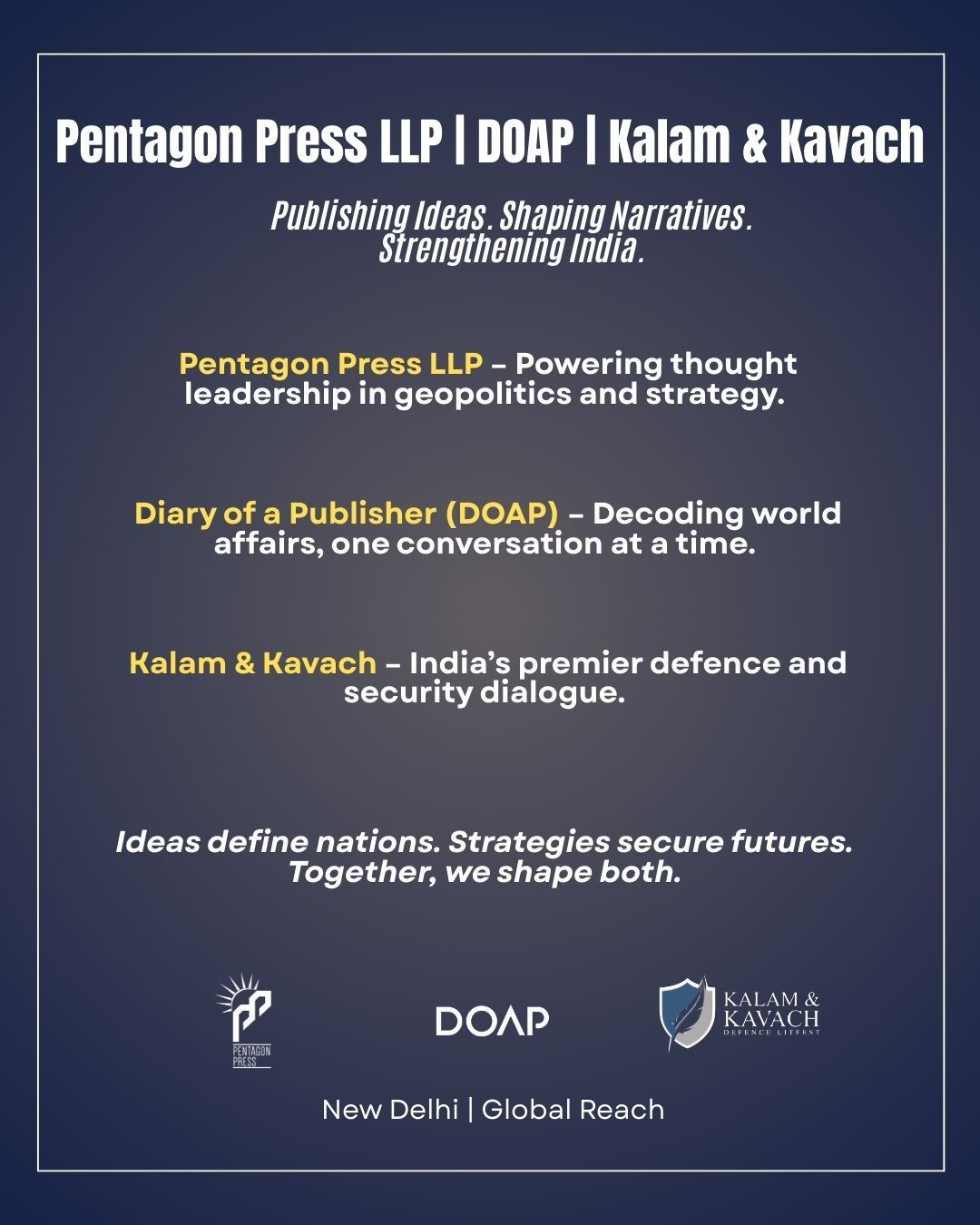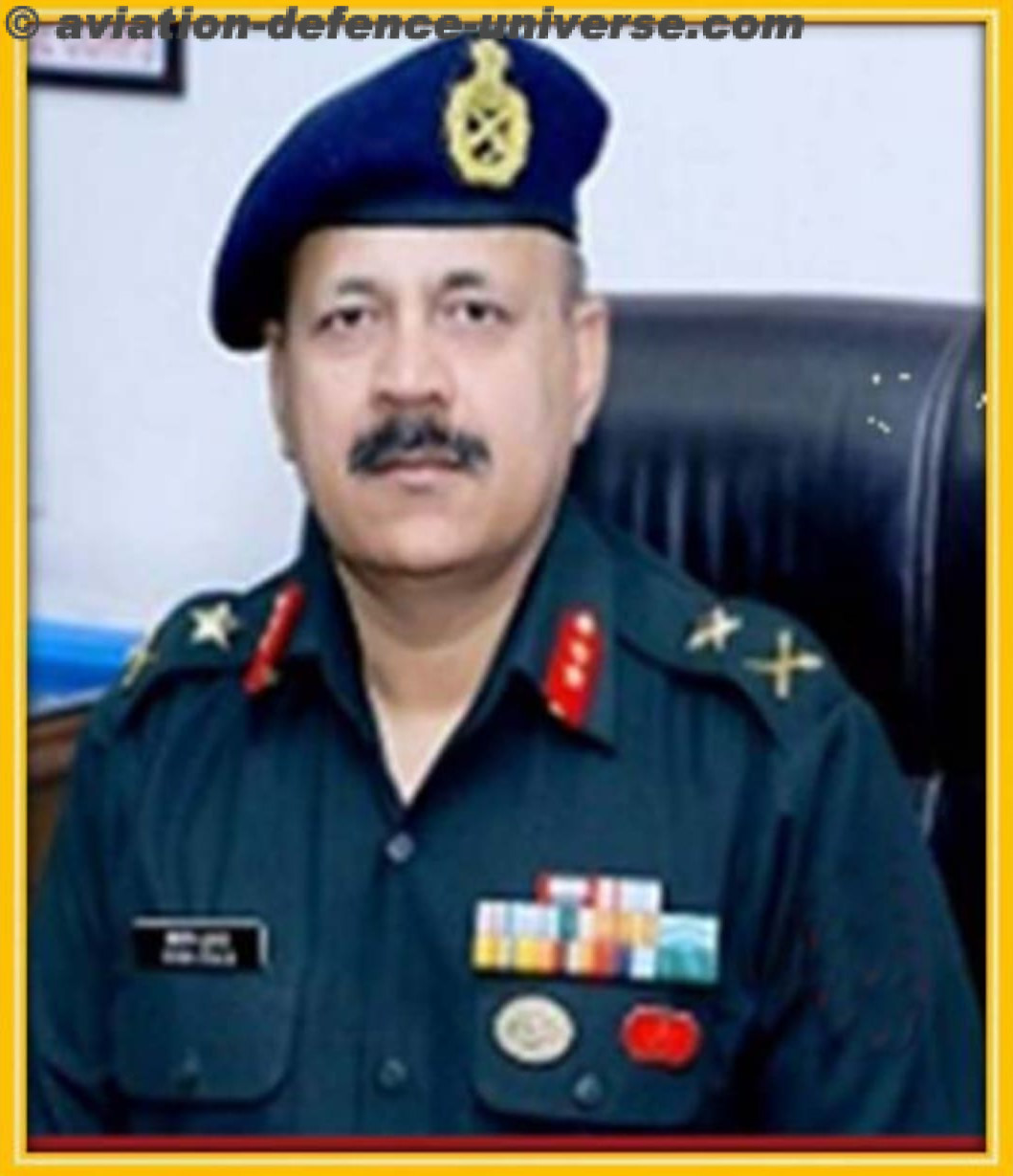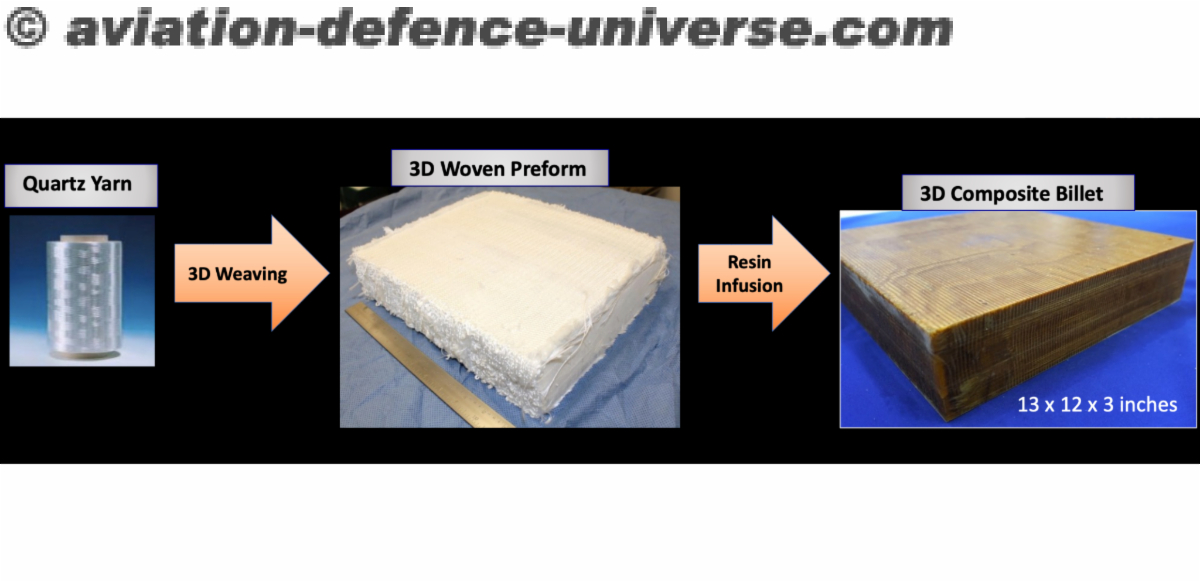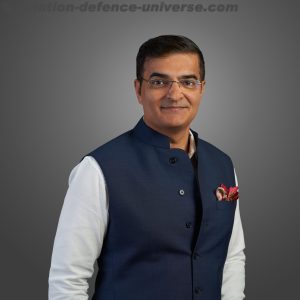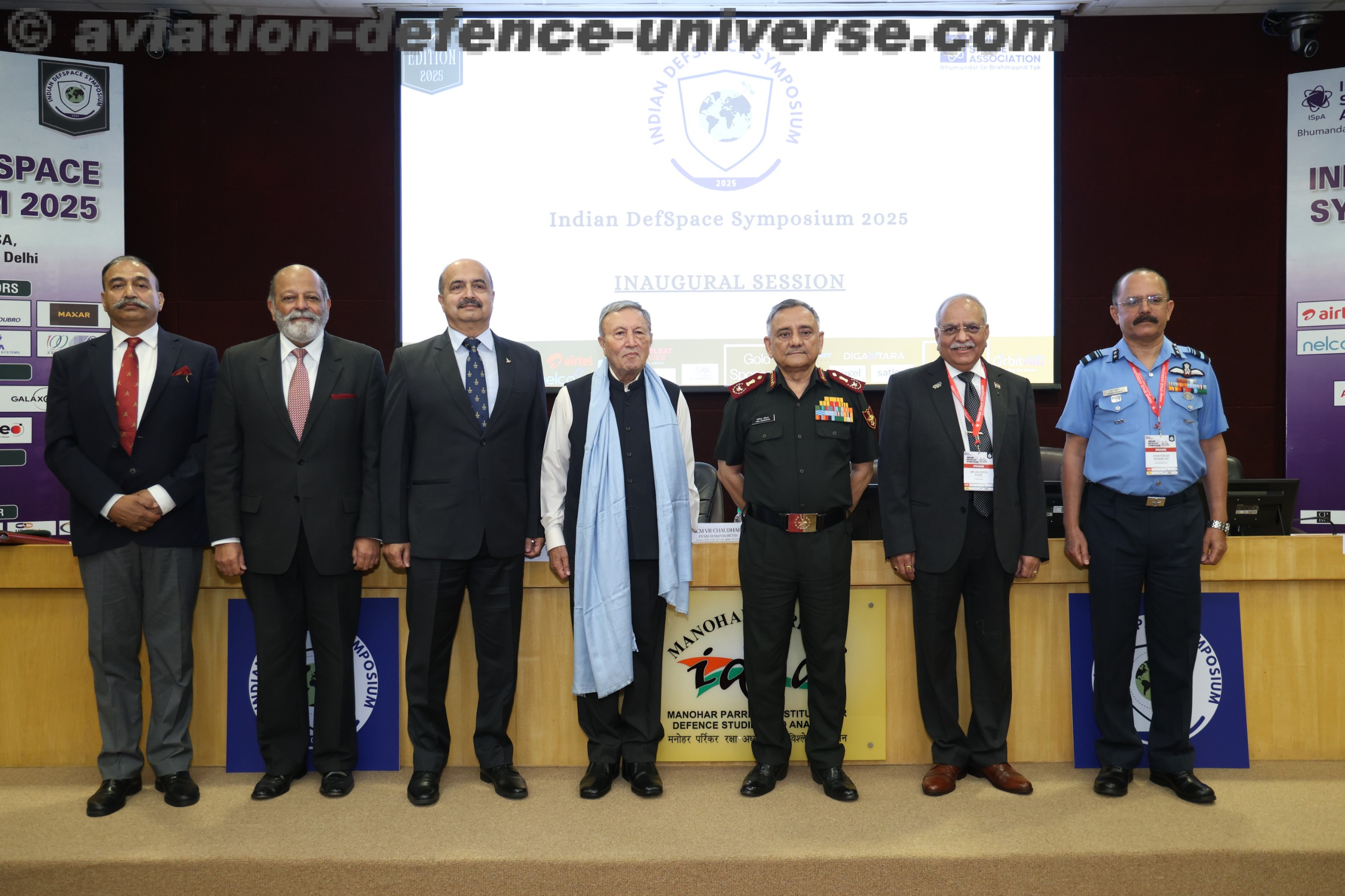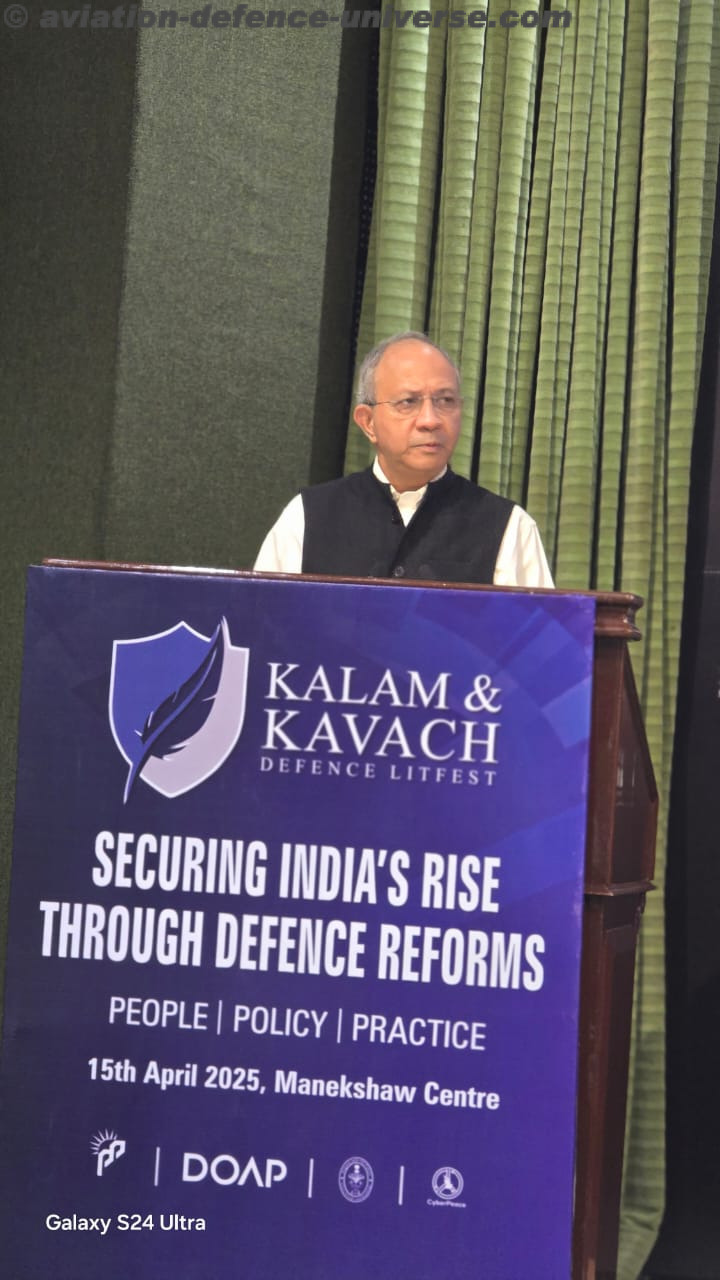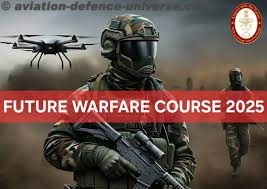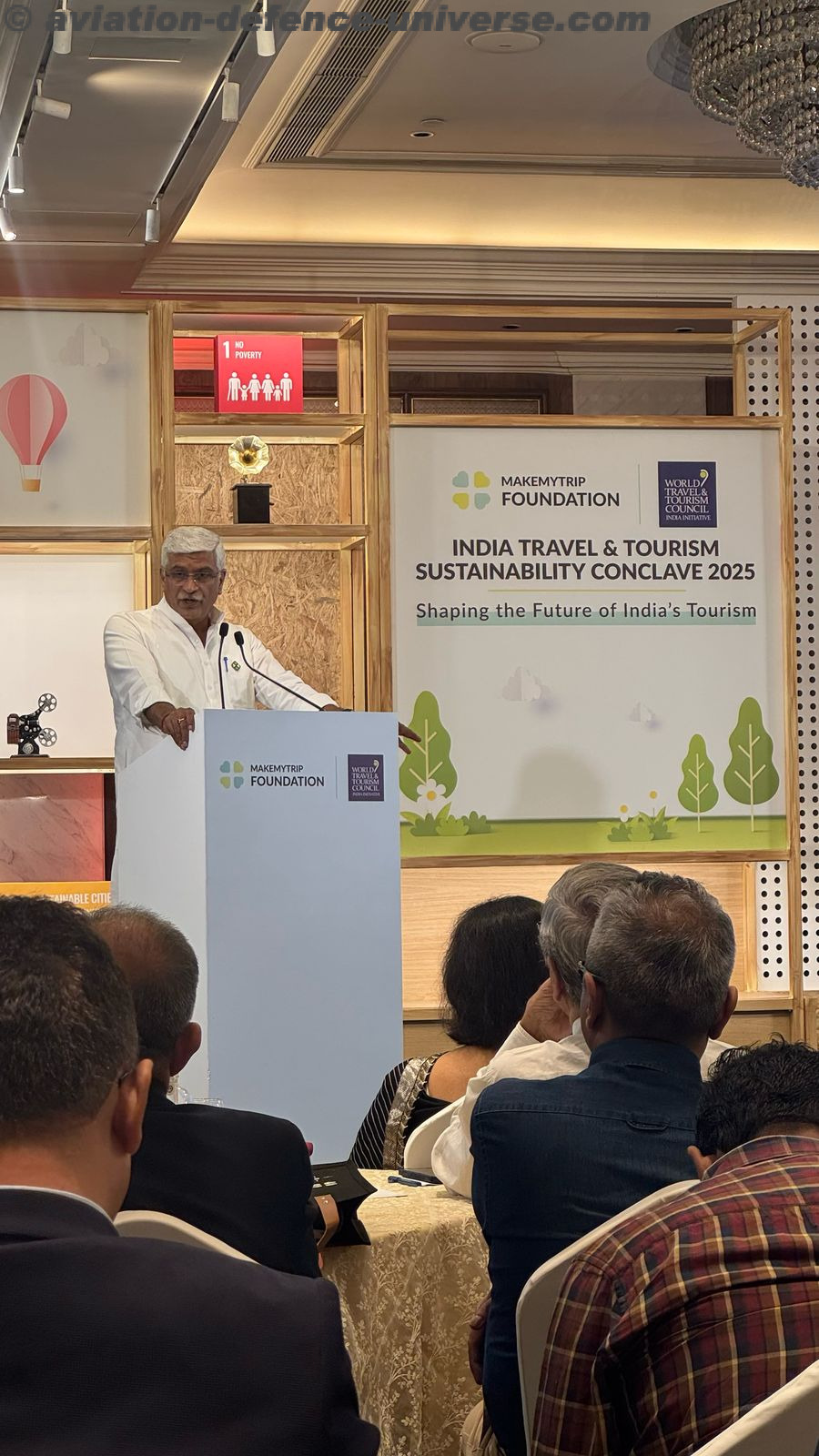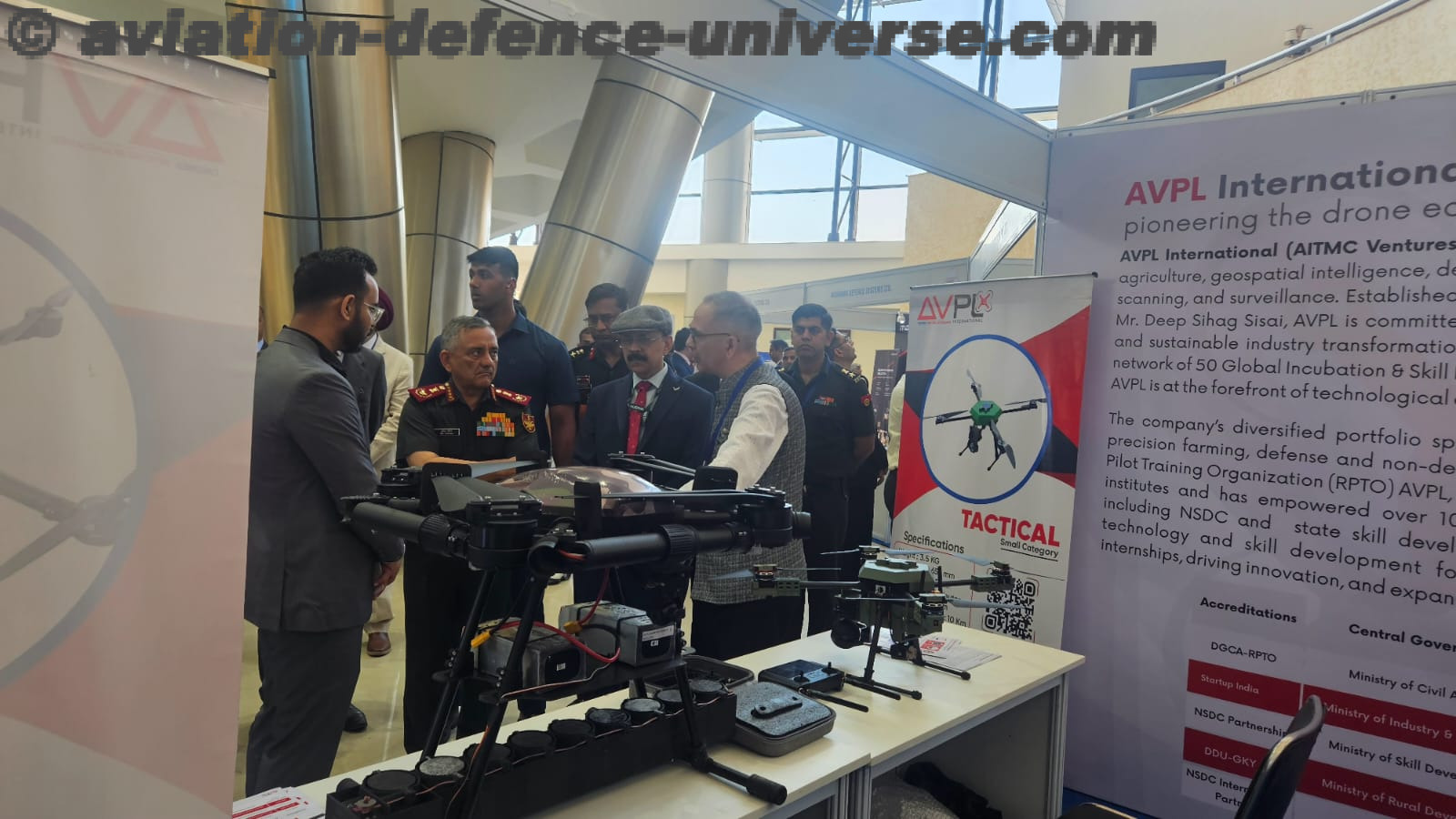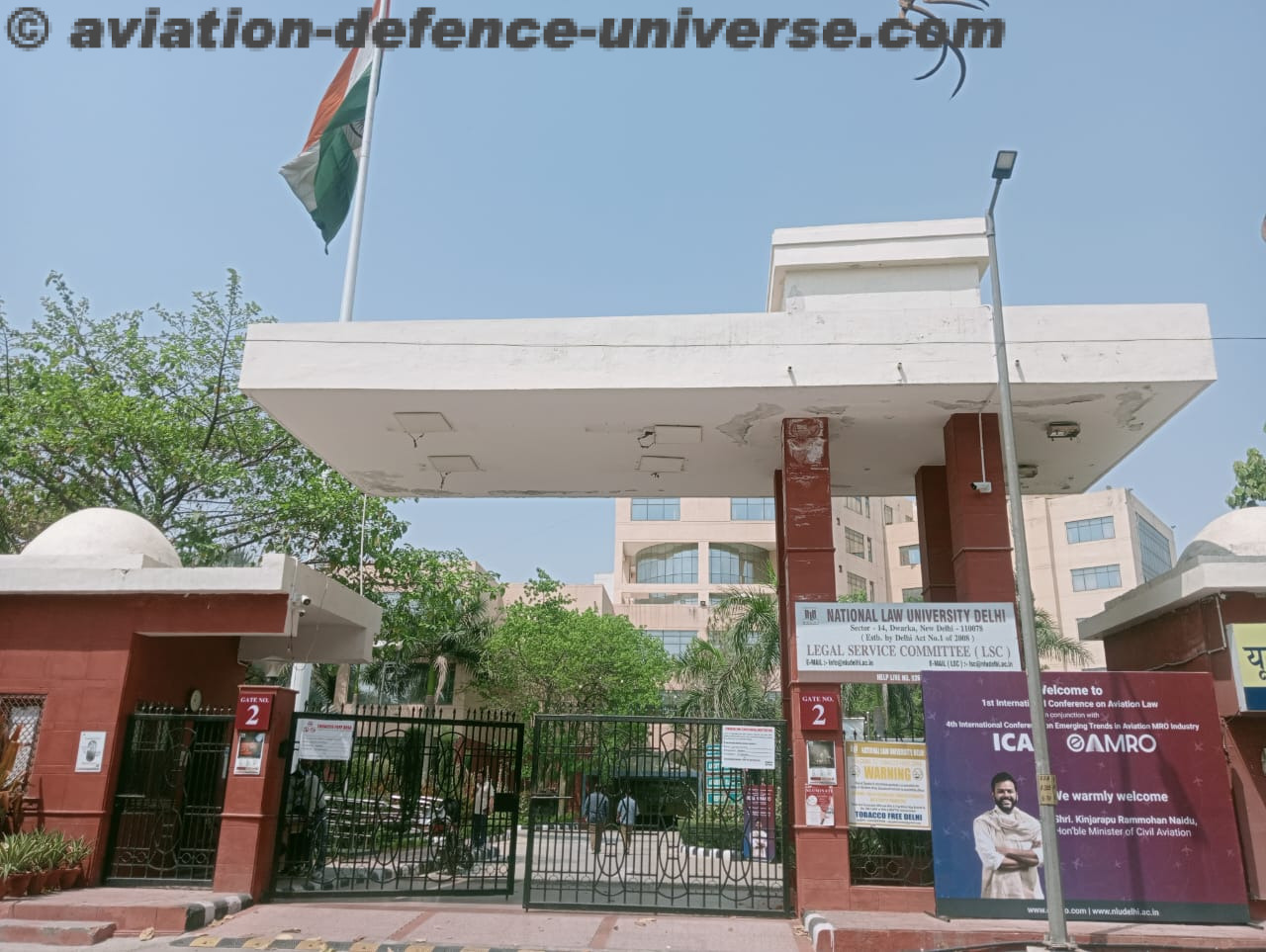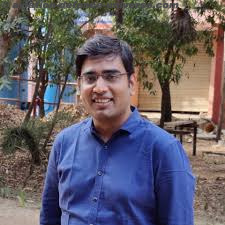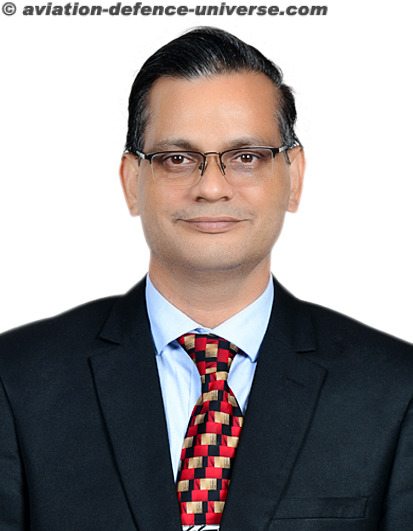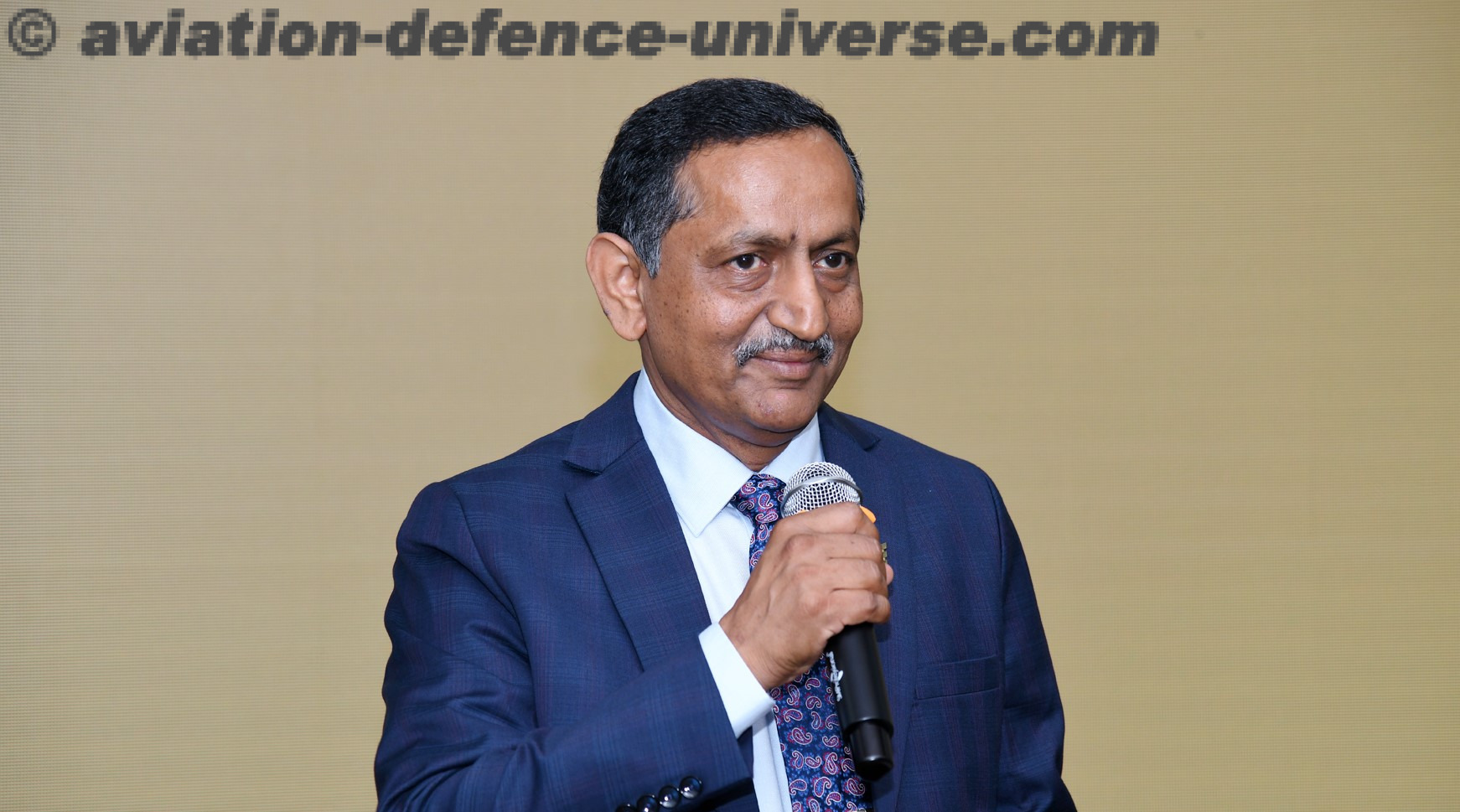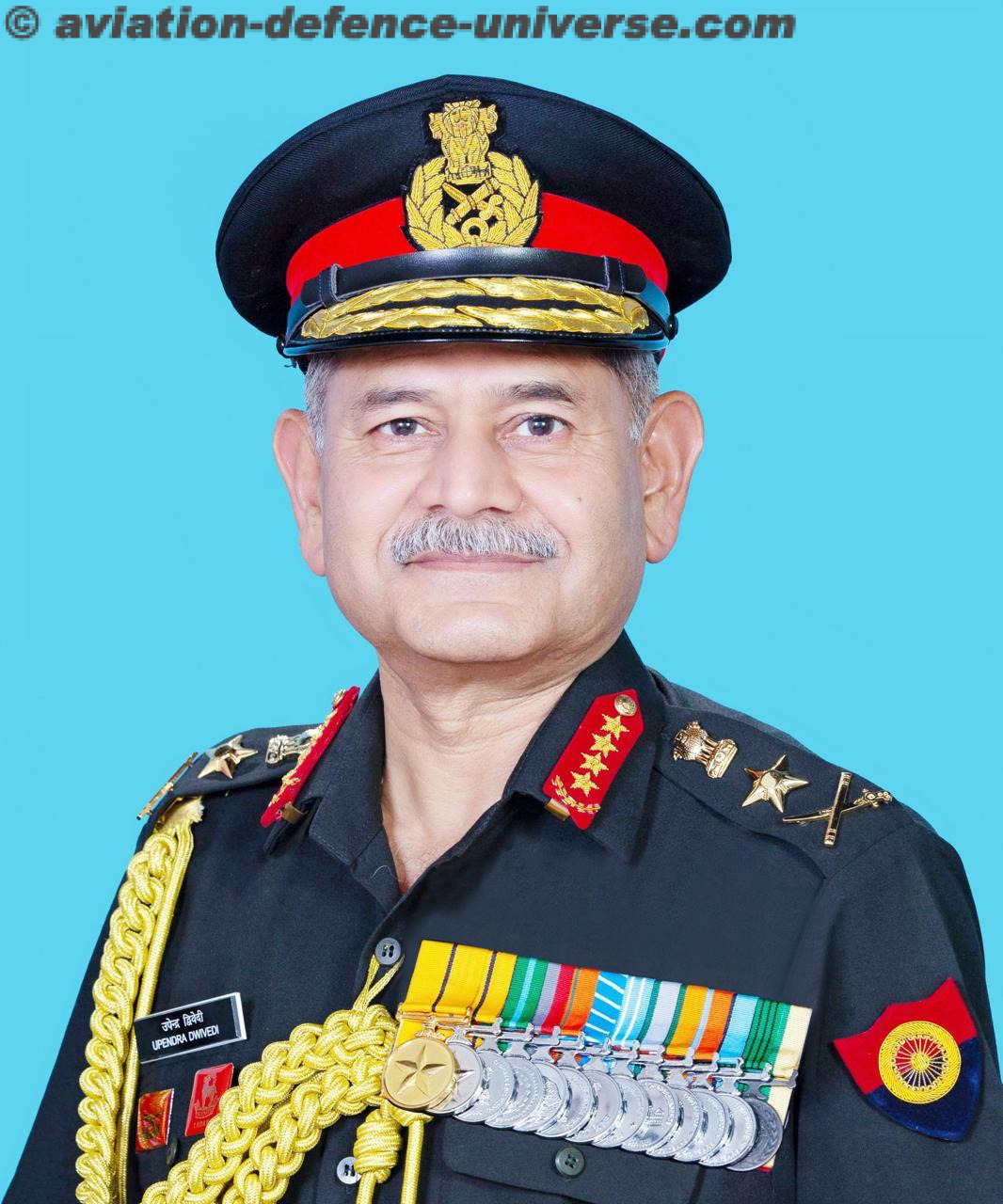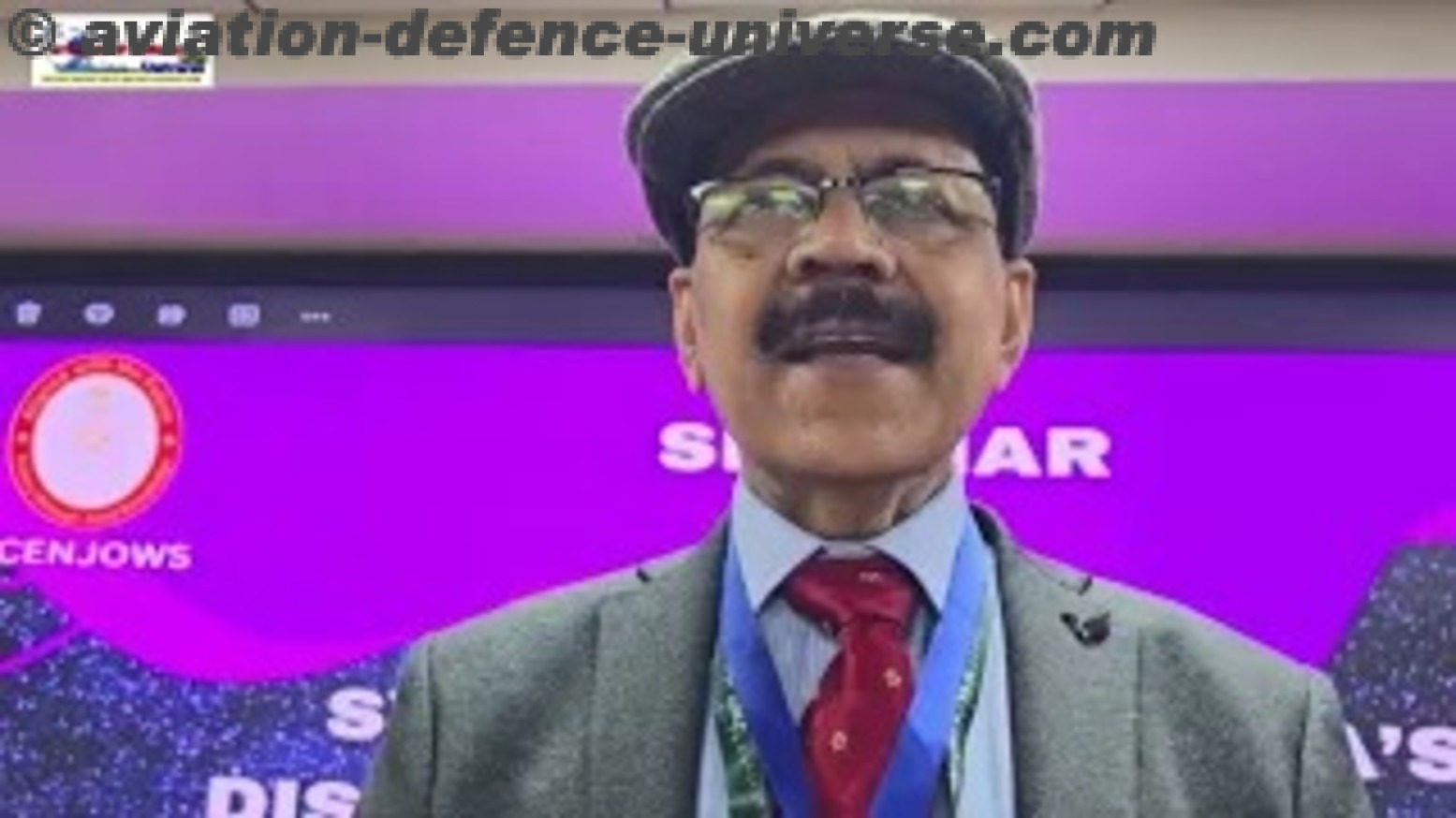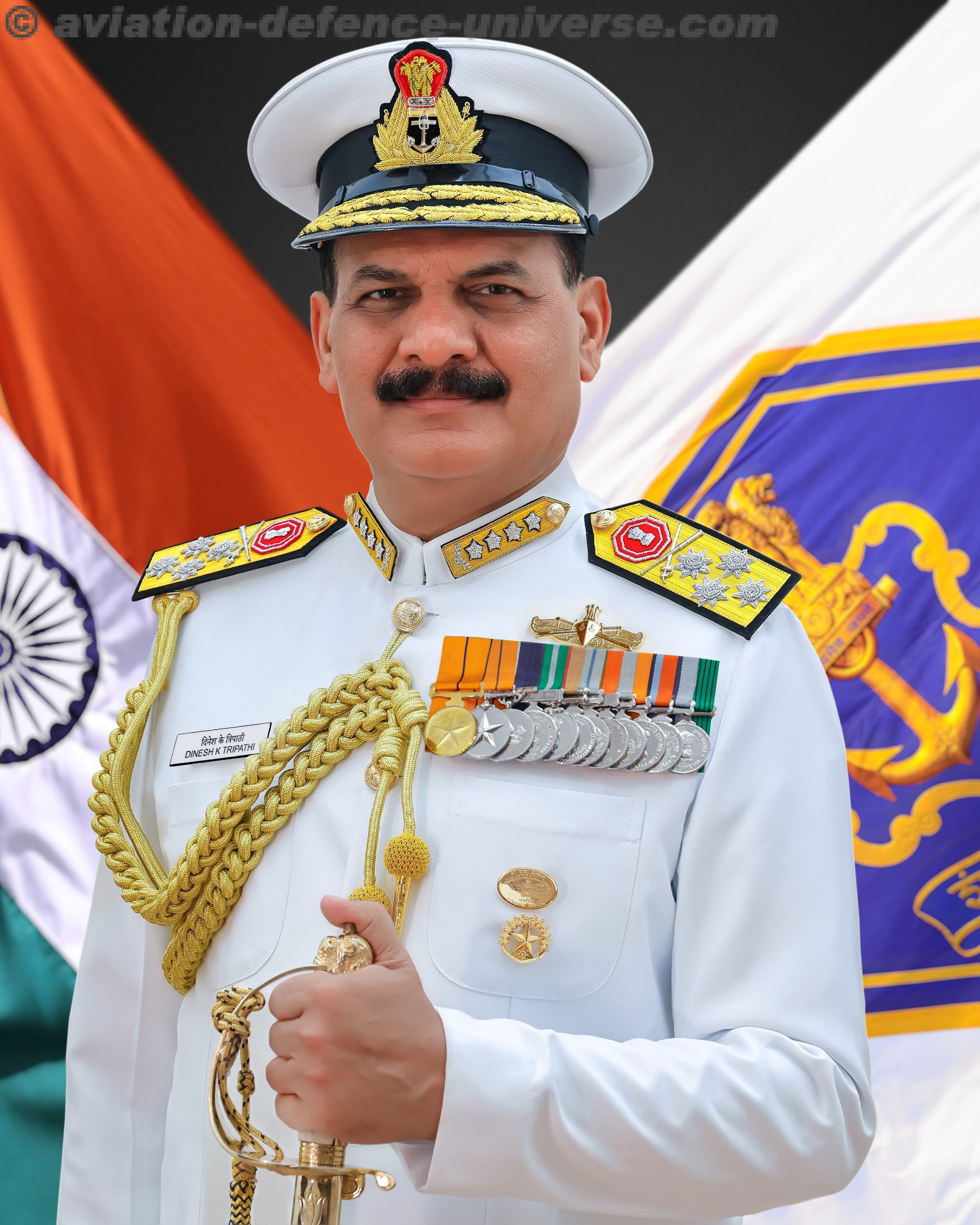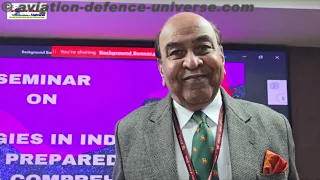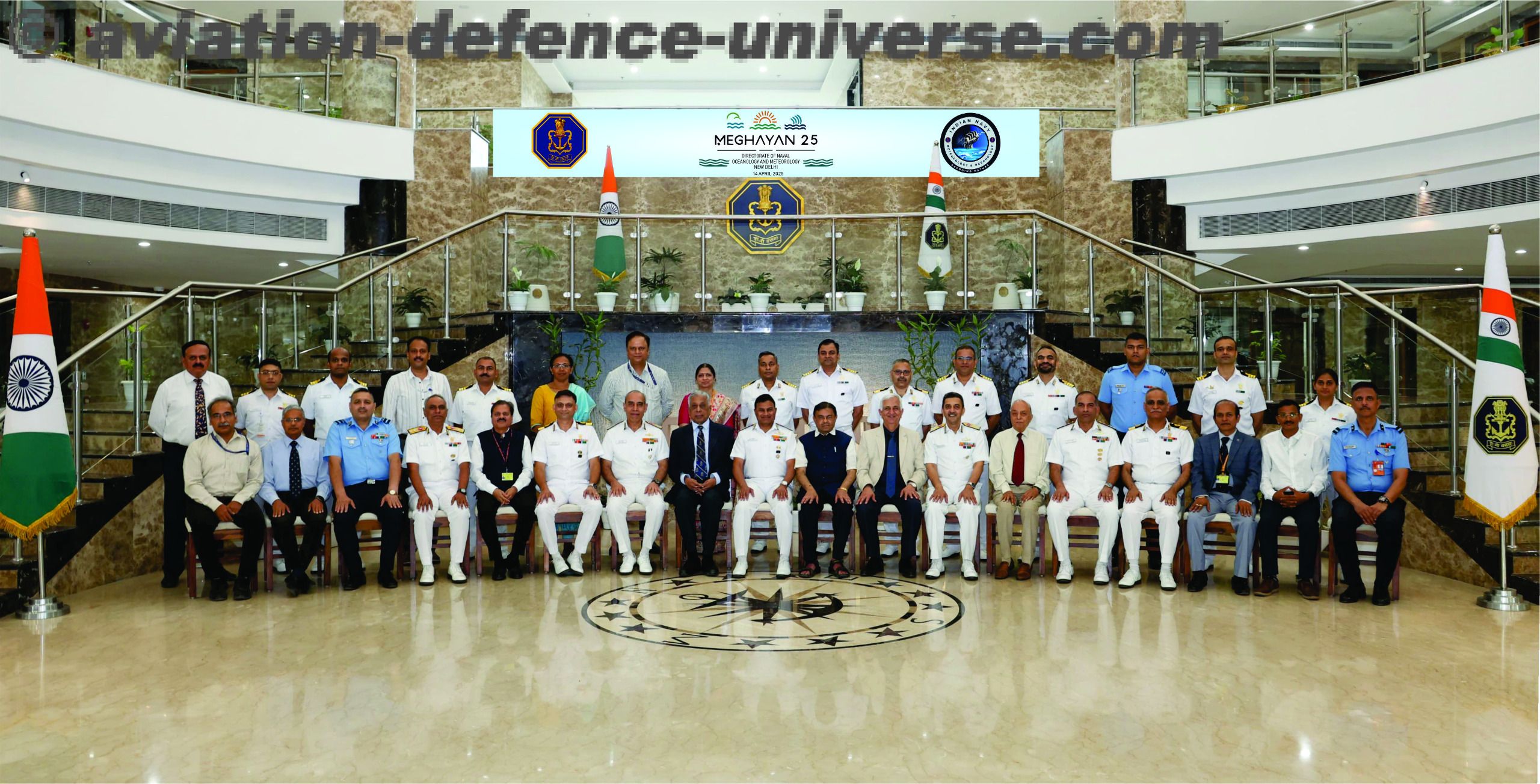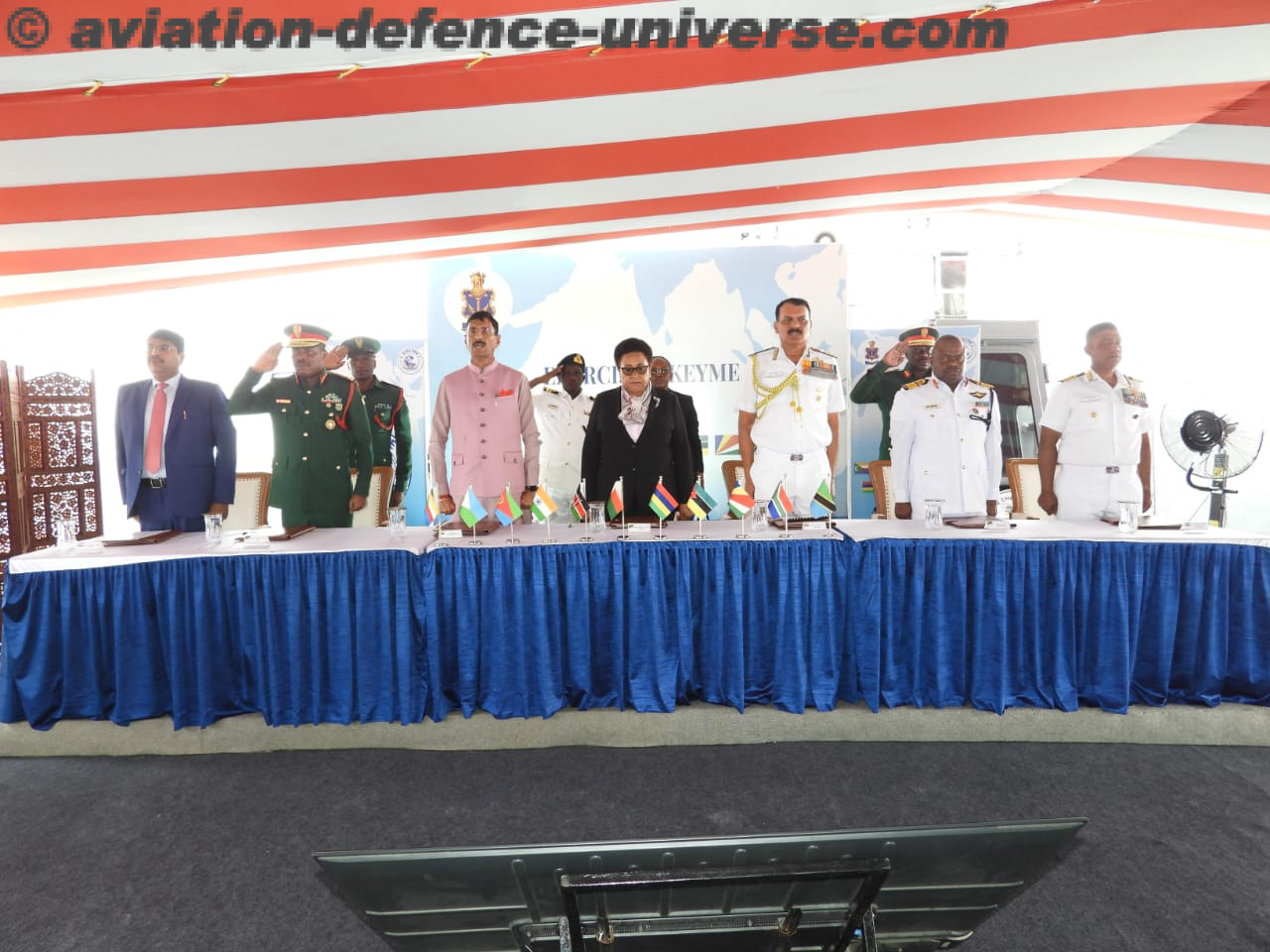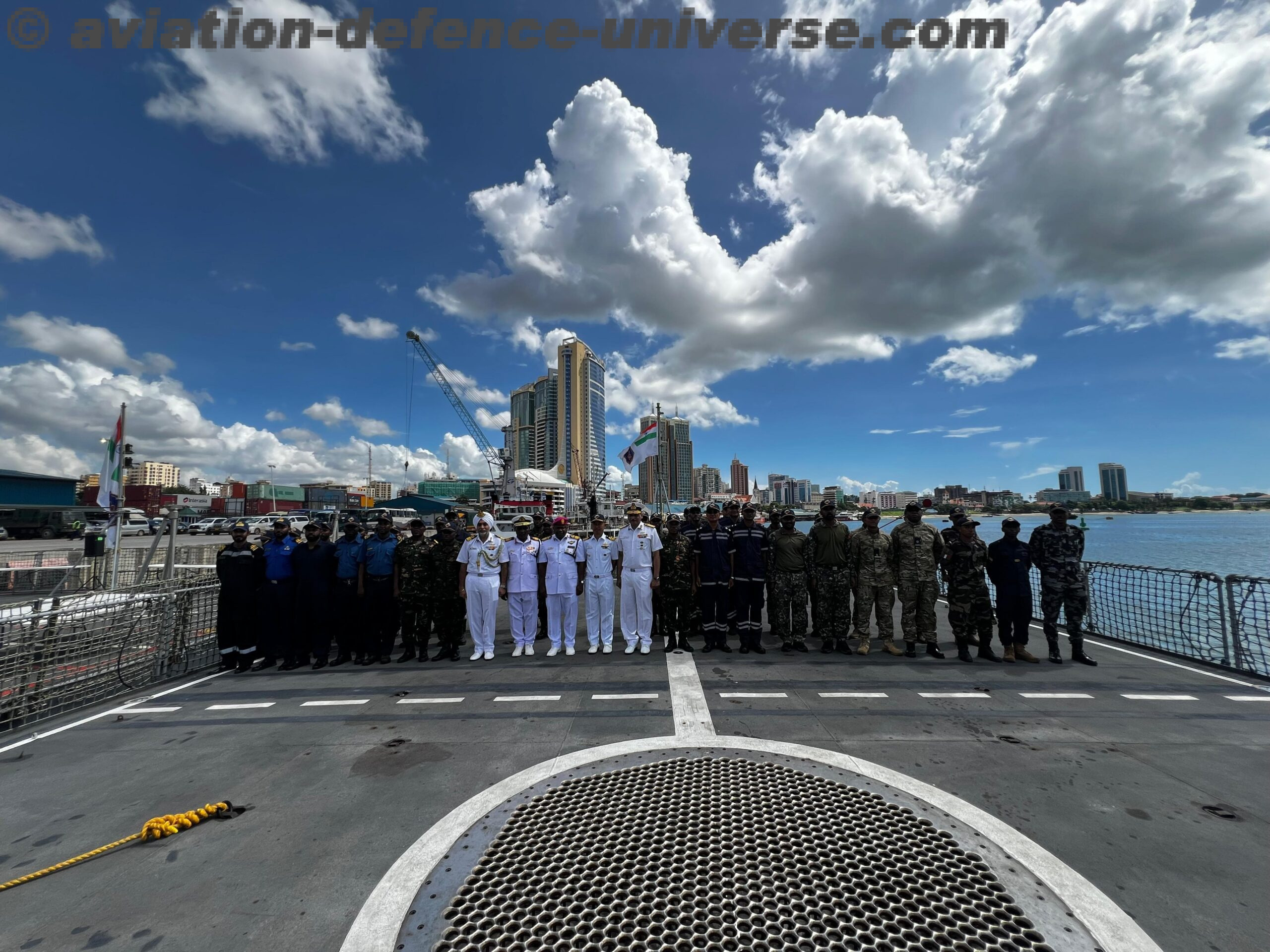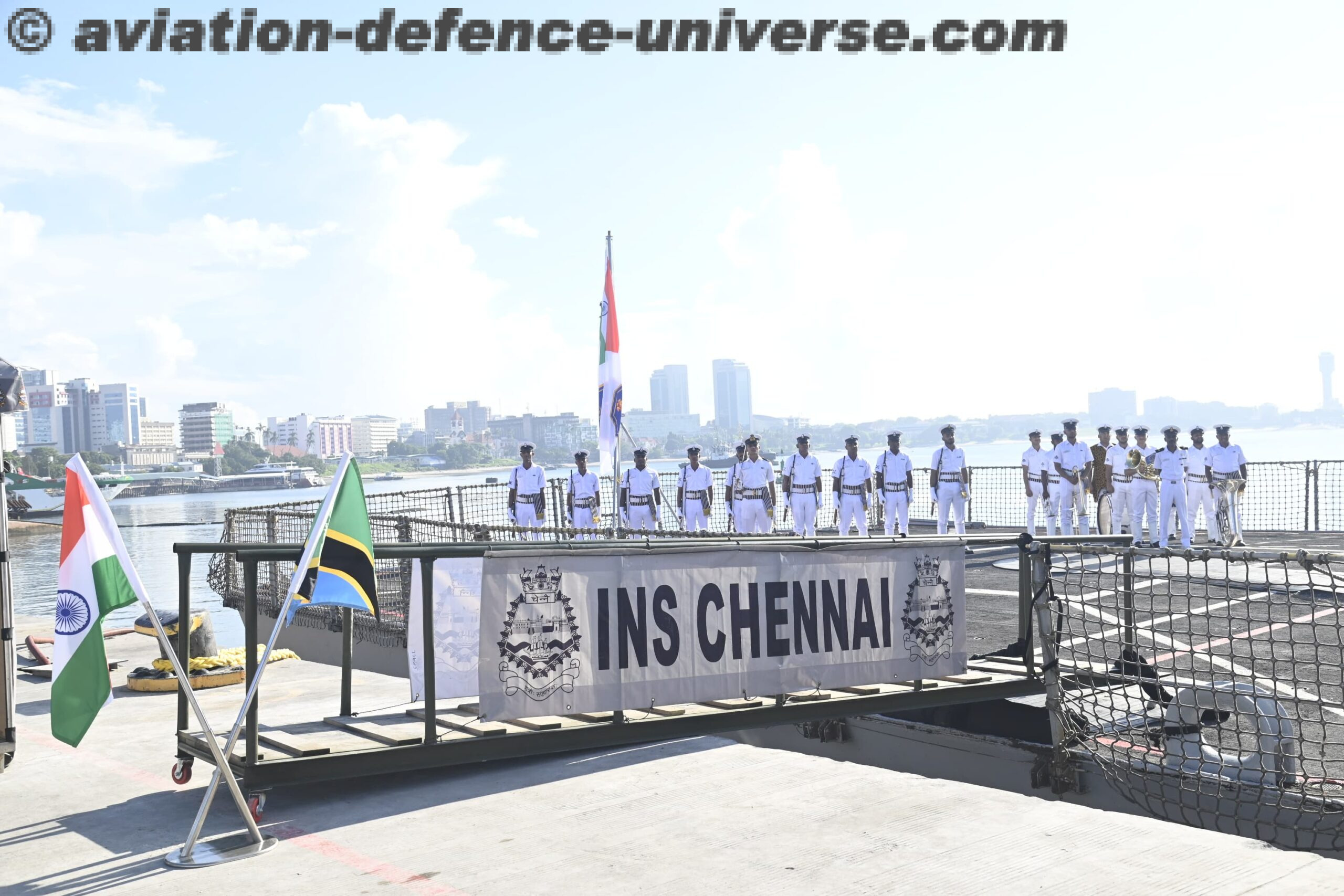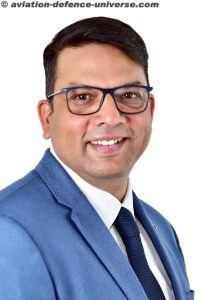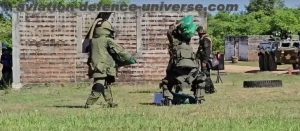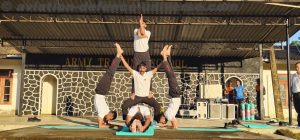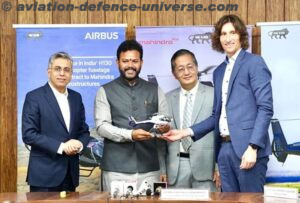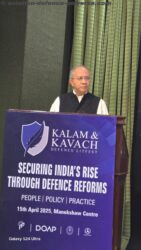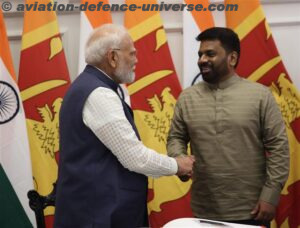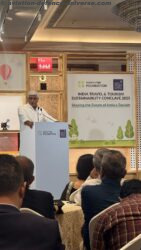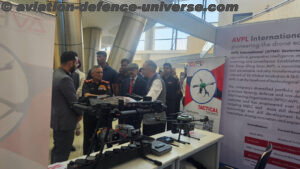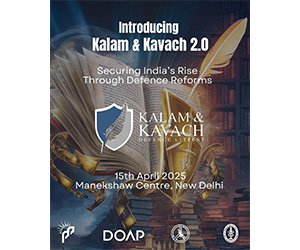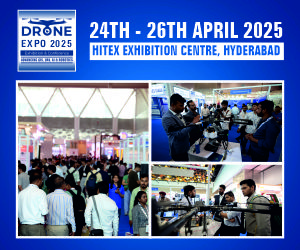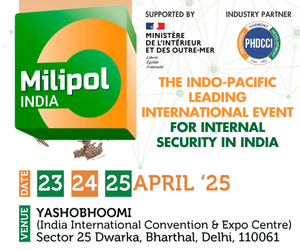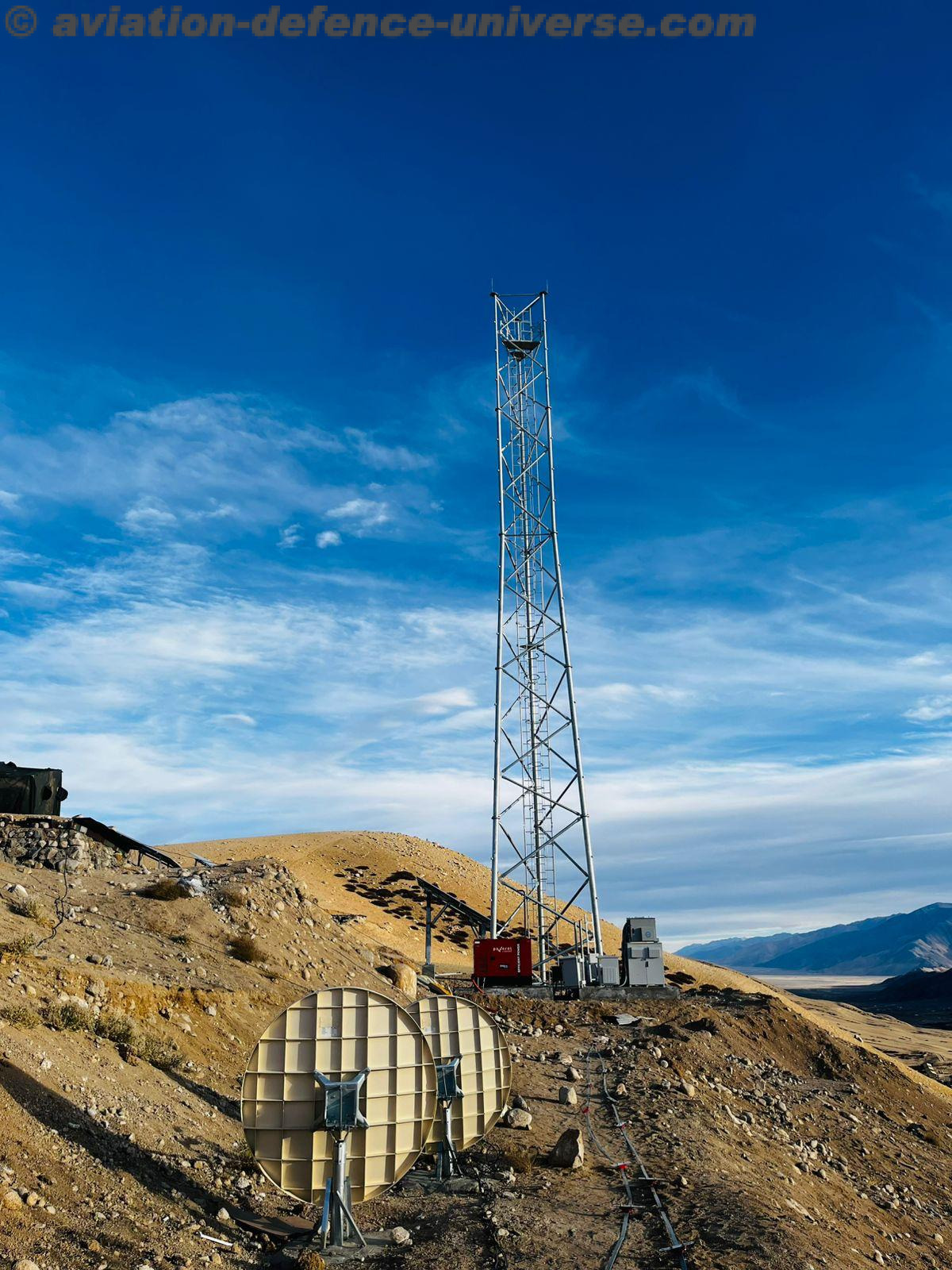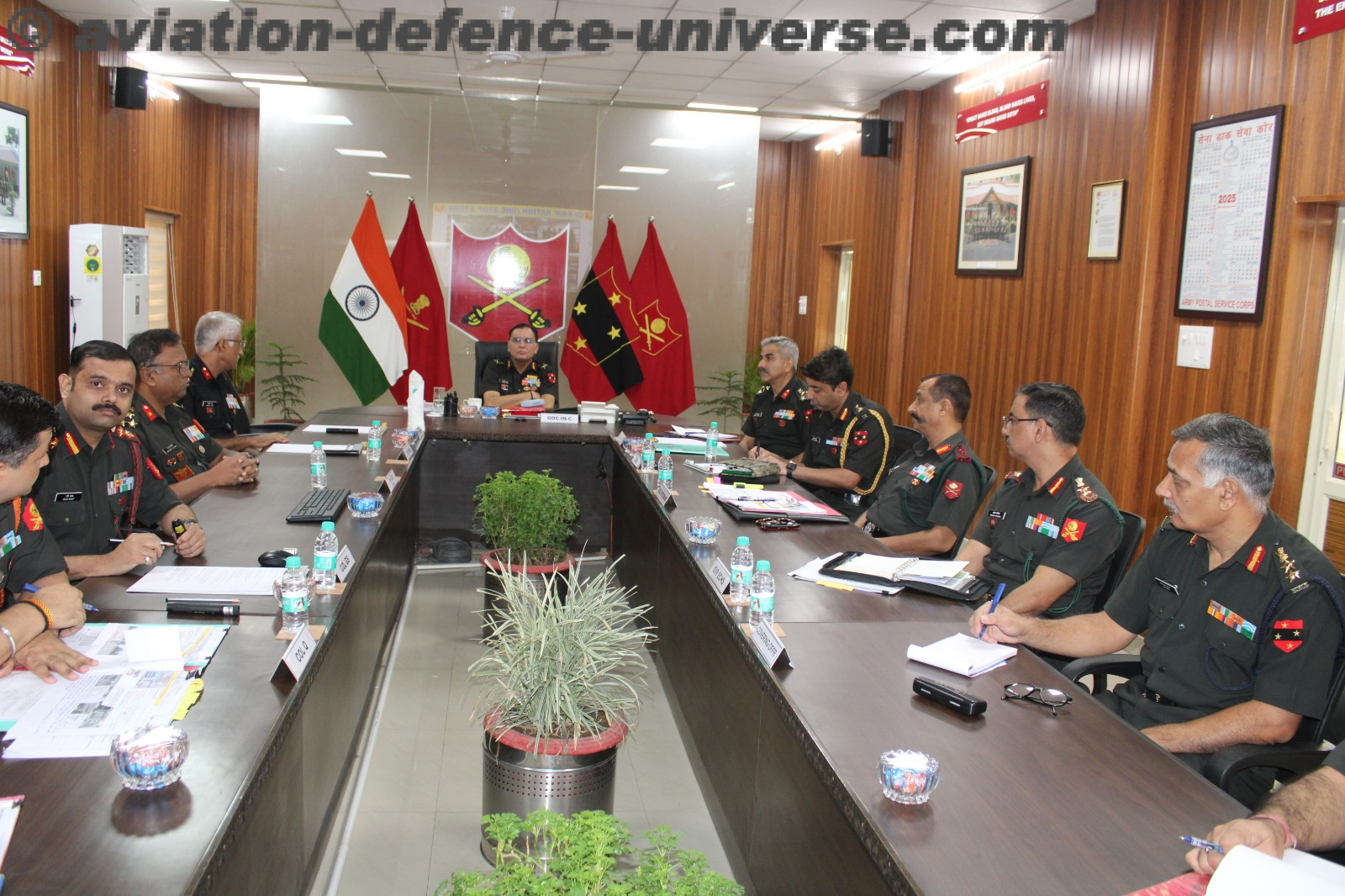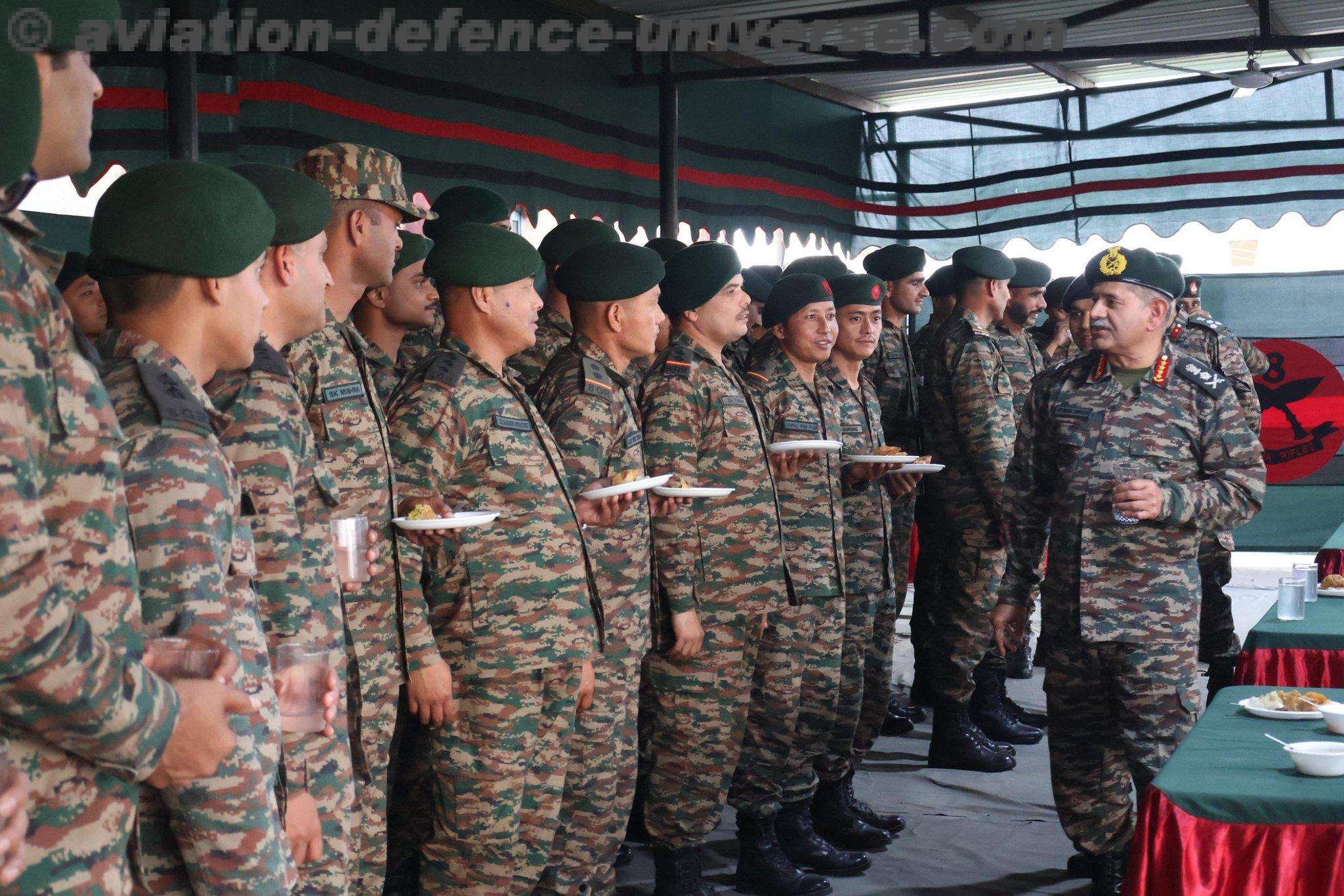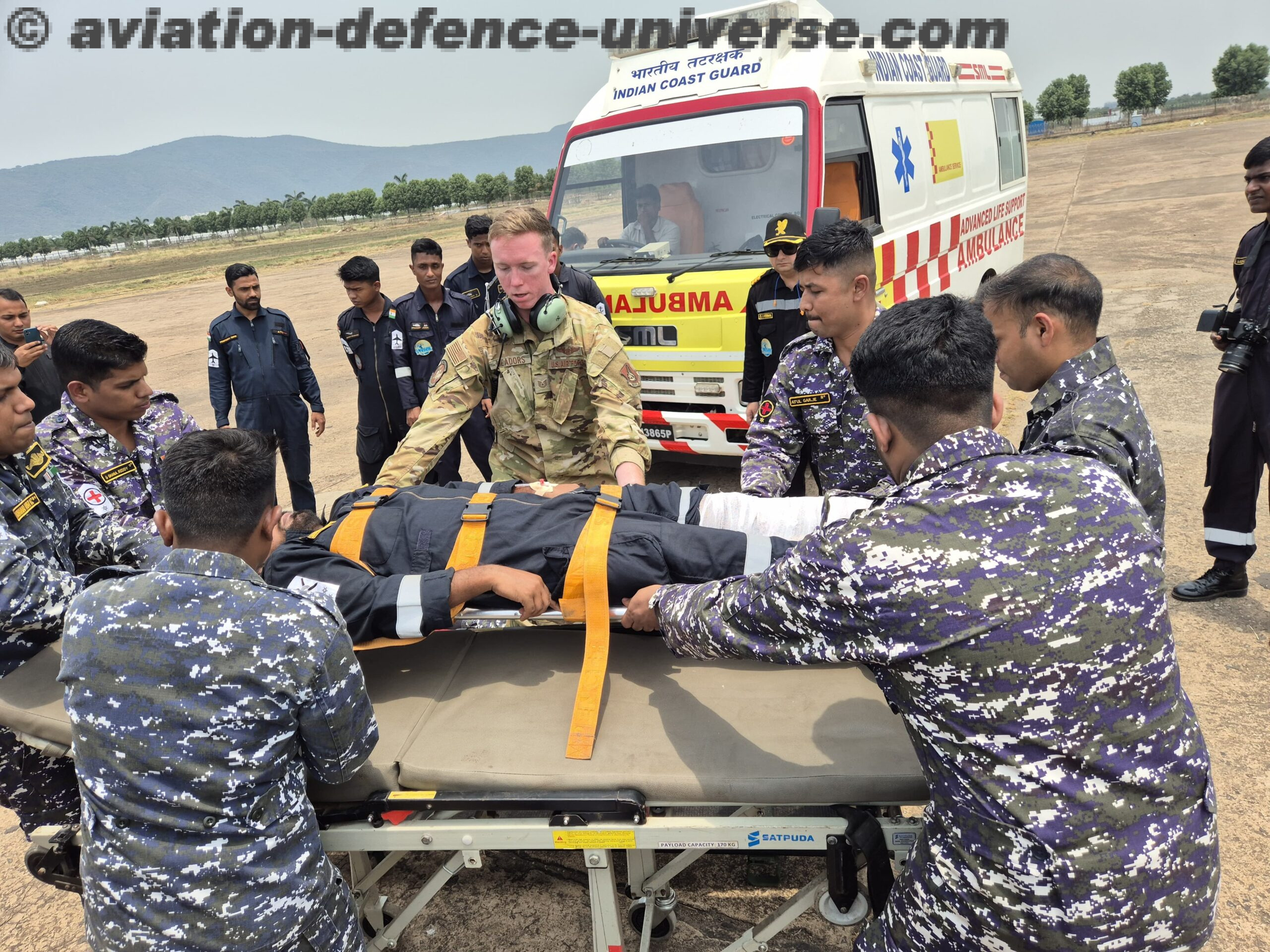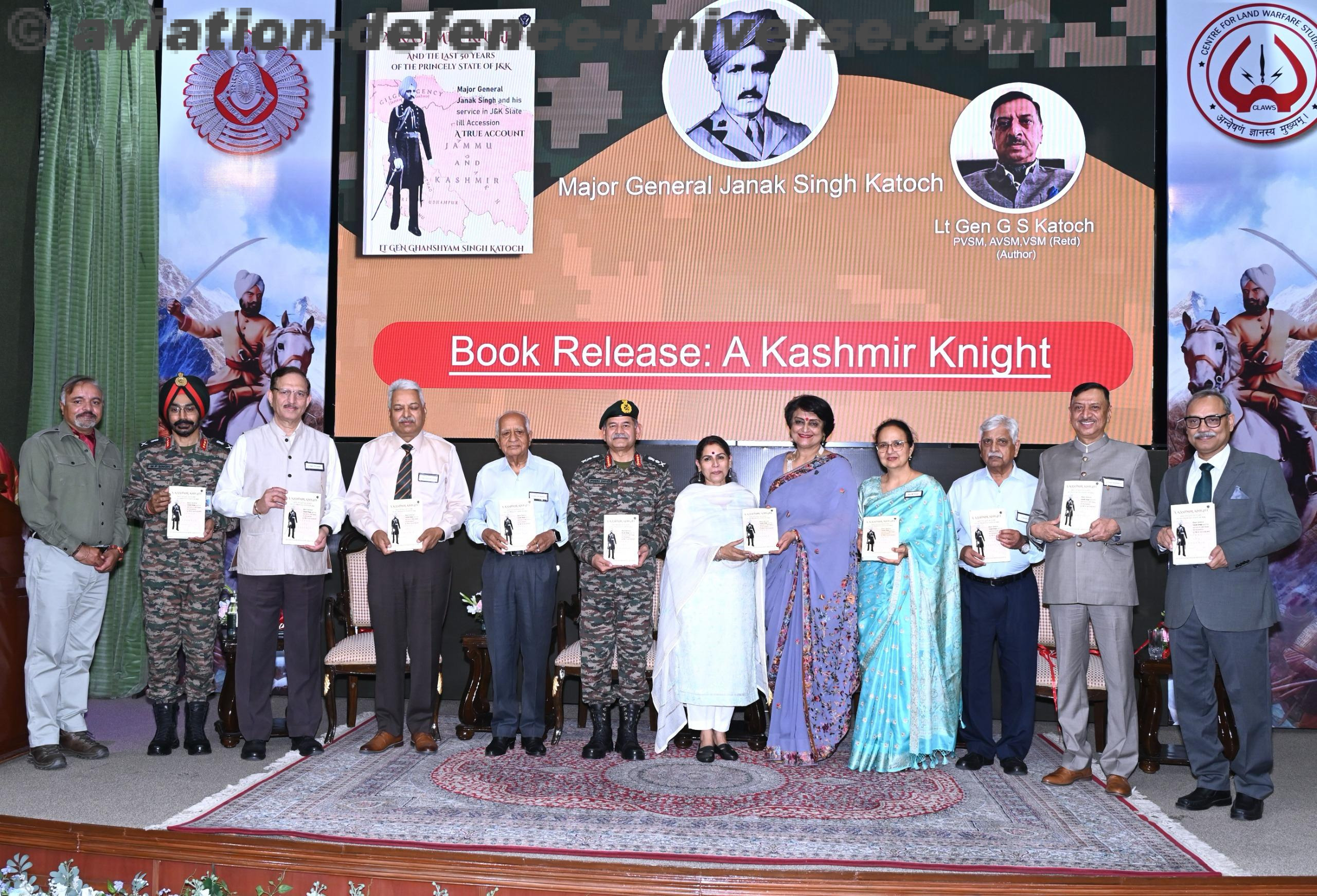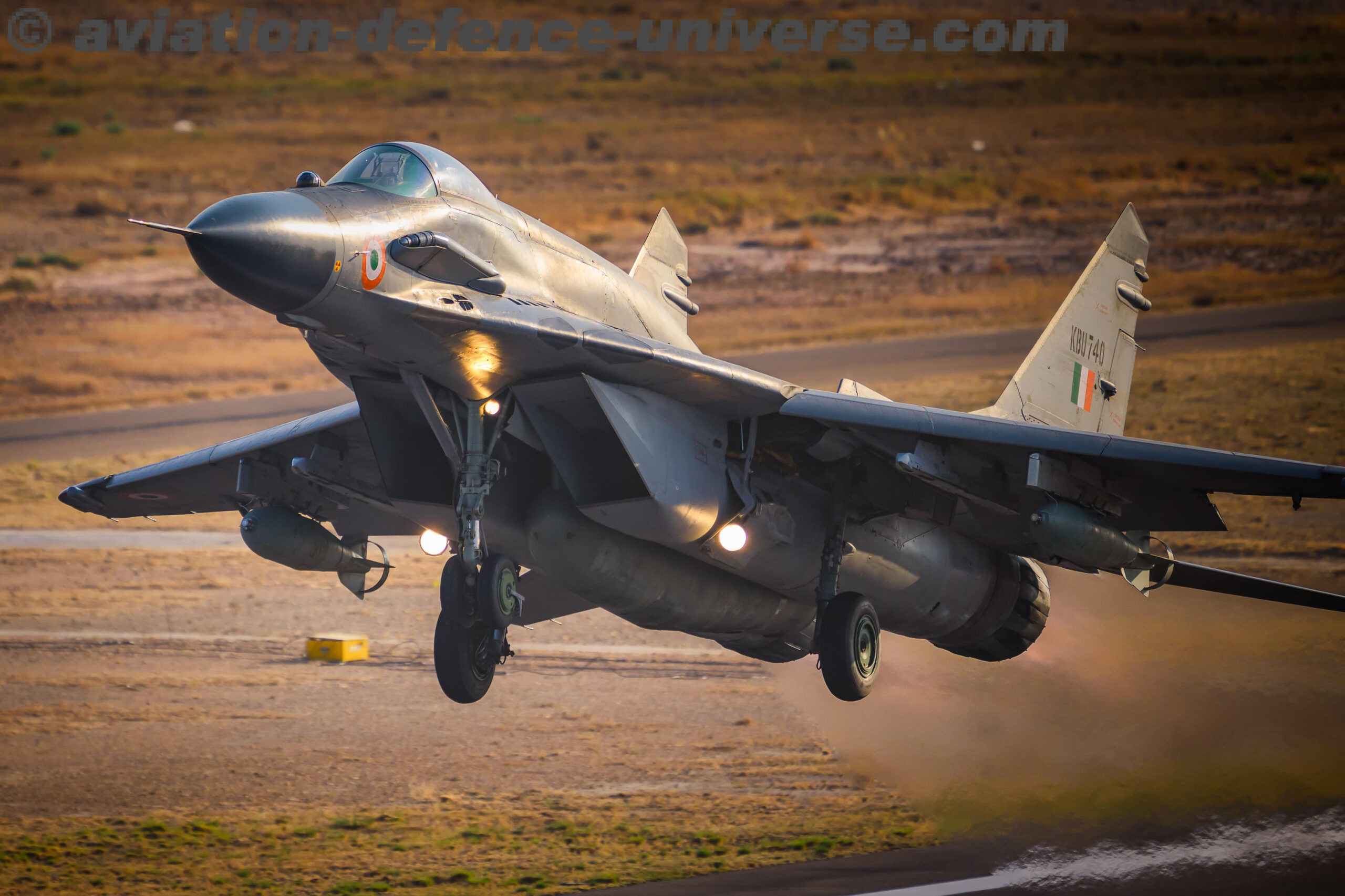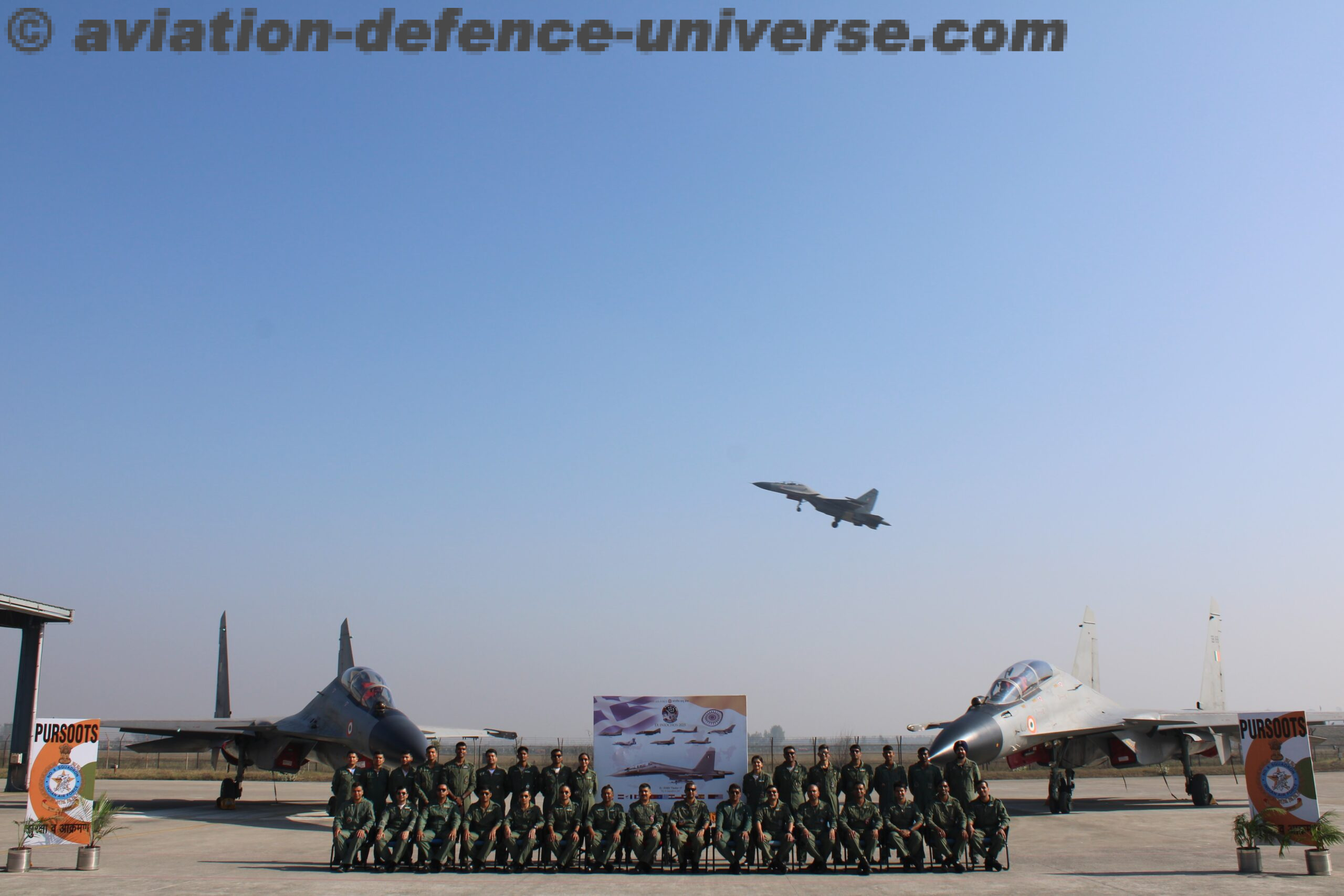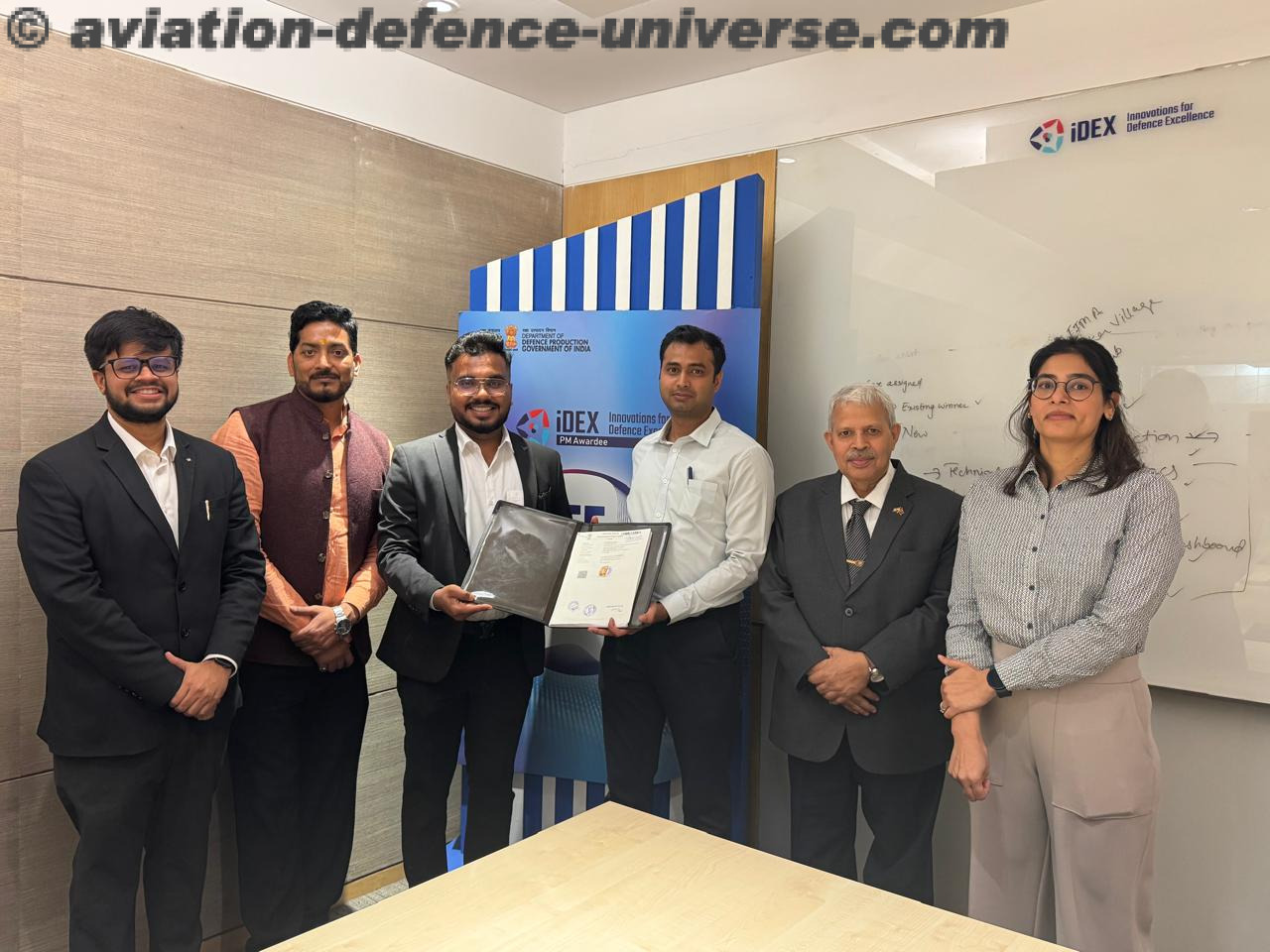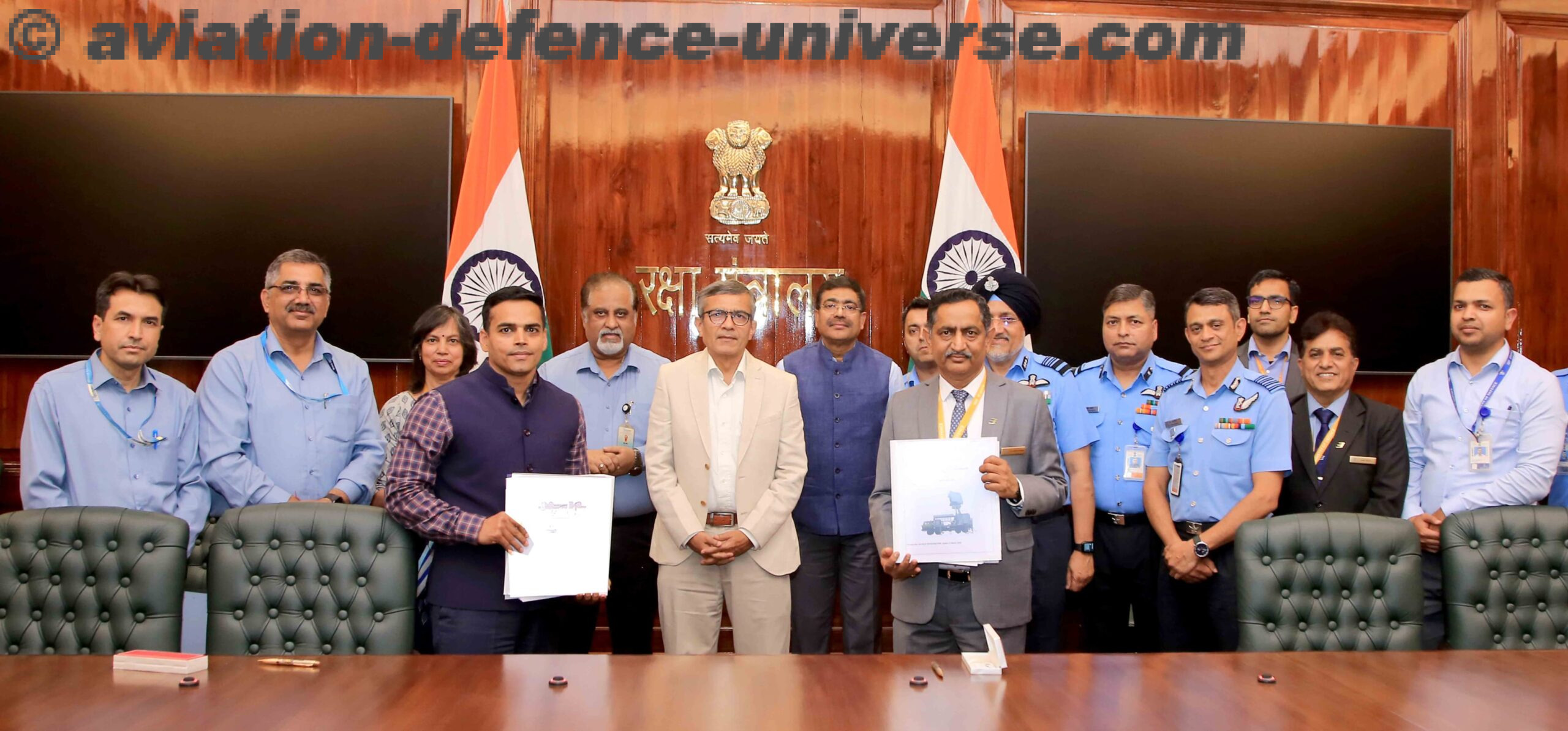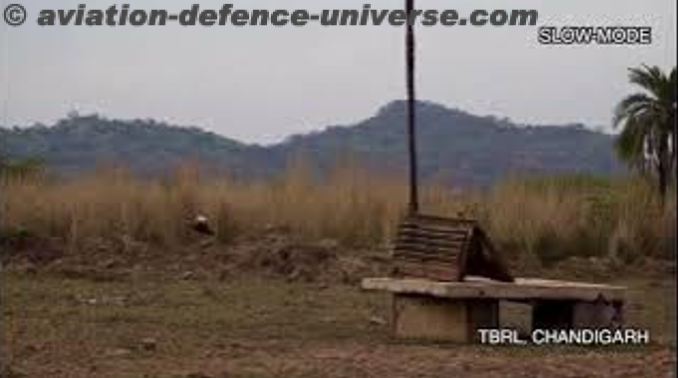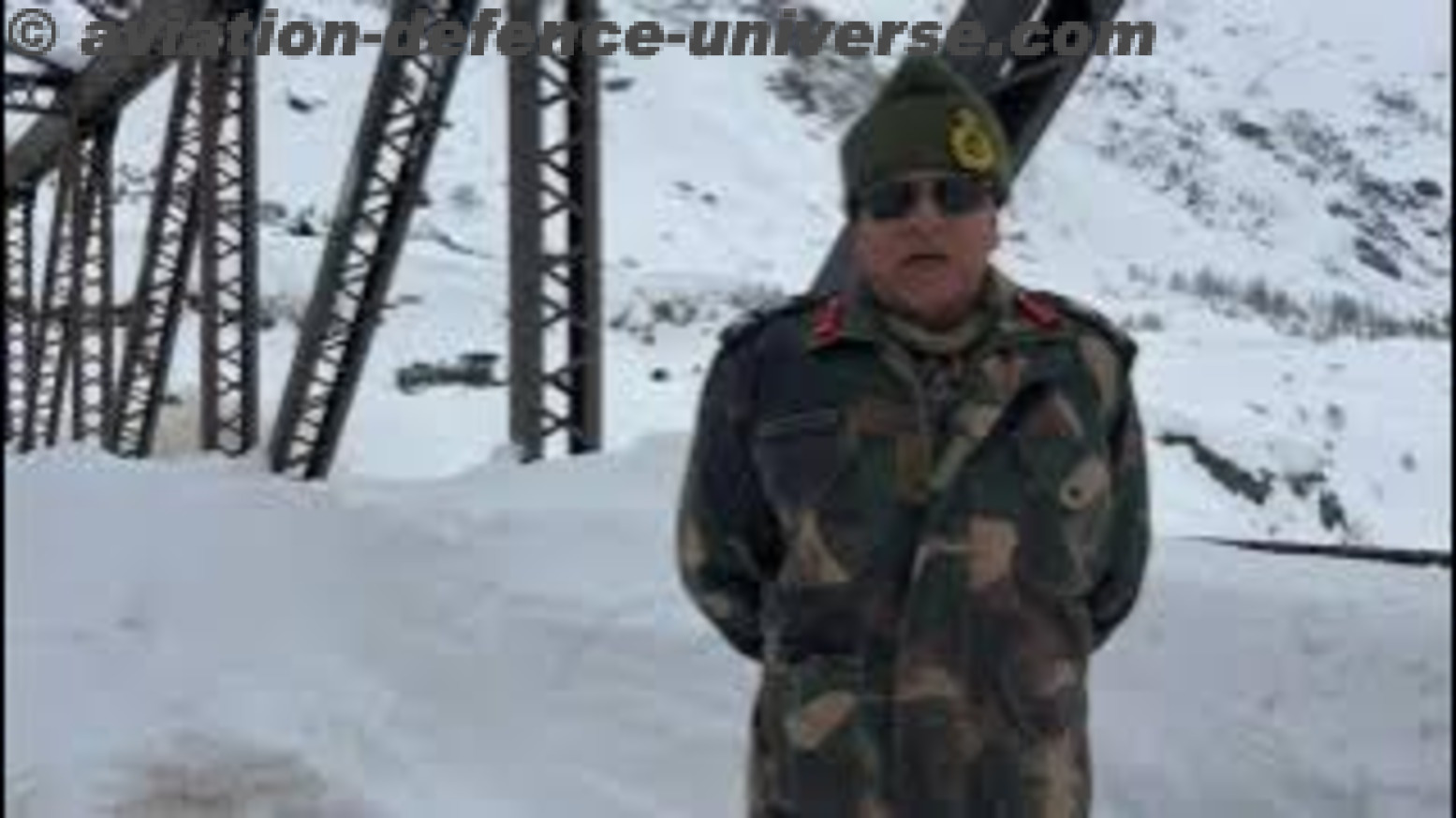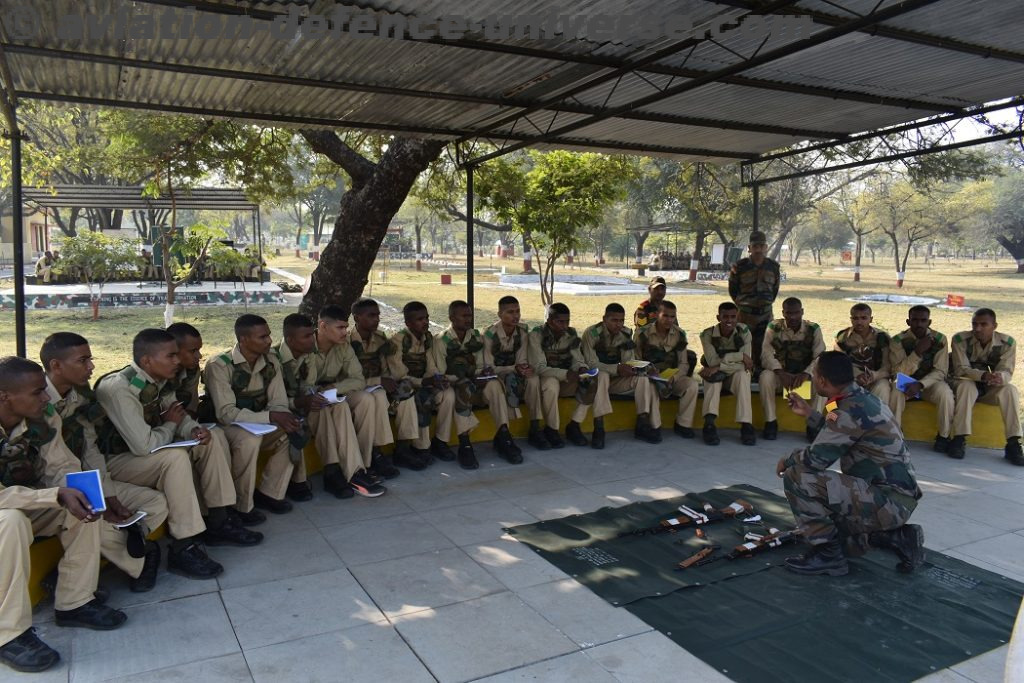 By Maj Gen (Dr.) Ashok Kumar, VSM (Retired)
By Maj Gen (Dr.) Ashok Kumar, VSM (Retired)
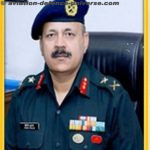 New Delhi. 15 August 2024. The Agnipath is a dream scheme. Designed and conceptualised to hasten India’s military modernisation and promote the spirit of entrepreneurship in India’s interiors, the scheme has faced its share of brickbats. Most criticism, by veterans and politicians, pertains to four issues: high rejection rate of the scheme (only one out of four Agniveers will be retained in the forces after an initial probation period of four years); alleged militarisation of the society once the Agniveers complete their mandated four years and fail to be absorbed within the military; scheme is a facade for reducing the pension bill; and four years of training is too less a time to inculcate traditional values of the unit, professionalism or proficiency in one’s trade (speciality in military jargon). These factors, it is alleged, will weaken the Indian military, leaving it ill-prepared for future wars.
New Delhi. 15 August 2024. The Agnipath is a dream scheme. Designed and conceptualised to hasten India’s military modernisation and promote the spirit of entrepreneurship in India’s interiors, the scheme has faced its share of brickbats. Most criticism, by veterans and politicians, pertains to four issues: high rejection rate of the scheme (only one out of four Agniveers will be retained in the forces after an initial probation period of four years); alleged militarisation of the society once the Agniveers complete their mandated four years and fail to be absorbed within the military; scheme is a facade for reducing the pension bill; and four years of training is too less a time to inculcate traditional values of the unit, professionalism or proficiency in one’s trade (speciality in military jargon). These factors, it is alleged, will weaken the Indian military, leaving it ill-prepared for future wars.
However, nothing can be further from the truth. The Agnipath scheme works on two parallel initiatives. The first is based on a radical modernisation plan for the Indian military and the focus of this article. This has four pillars: age, capability, uptake level and technical expertise. The Indian military’s average age is one of the highest in the world at 32 years. The global average is 26 years. The ongoing Russia Ukraine conflict has highlighted the need for young soldiers. This is based on the fact that after the initial shock and awe of technological superiority and precision in any modern war, the subsequent stages are reduced to attrition – what the Royal United Services Institution (RUSI) in a 2023 report on the Ukrainian battlefield, has not-so-subtly termed a “meatgrinder”. Survival and win on the battlefield under the rubric of a broader war strategy requires tactical brilliance, adoption of technologies and physical fitness. Despite all talks of technology led wars making humans irrelevant, tactical battles will still be fought by humans and that requires young leaders in excellent physical conditions.
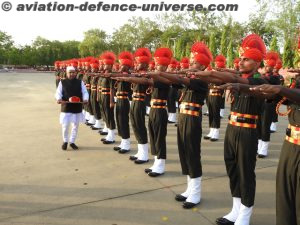 This takes us to the second initiative, that of, capability. As mentioned above, tactical dexterity on the battlefield is a prerequisite for prevailing over one’s adversary under a broader campaign. Rapid victories on the battlefield must also be sought since geopolitical implications and diplomatic parleys may reduce the time window between initiation of conflict and its termination, closing the door for obtaining favourable conditions for future talks. For this the capability of military leaders, especially those on the battlefield and comprising junior officers and NCOs, becomes a critical determinant. Capability, at least in the military domain, can be thought of as a combination of translation and dissemination. In other words, junior leaders (officers and NCOs) need to translate the broader campaign and offensive goals into practical tasks for the section and the platoon (in the language of the infantry) and disseminate them down to the last soldier so that each is clear about his individual tasks. This seemingly simple process, however, harks back to Dr Richard Feynman’s advice for budding scientists and theoreticians which is “If you think you understand a particular topic, try and explain it to a 8 year old in a language that he/she understands. If you are able to do that, you are successful otherwise it is time to go back and study again”. Similarly, the job of junior leaders especially the NCOs is to understand the orders so thoroughly that they are able to explain it to the last soldier with utmost clarity. Conversely, the soldier should also be able to understand, digest and imbibe his role since on the battlefield, there are no second takes.
This takes us to the second initiative, that of, capability. As mentioned above, tactical dexterity on the battlefield is a prerequisite for prevailing over one’s adversary under a broader campaign. Rapid victories on the battlefield must also be sought since geopolitical implications and diplomatic parleys may reduce the time window between initiation of conflict and its termination, closing the door for obtaining favourable conditions for future talks. For this the capability of military leaders, especially those on the battlefield and comprising junior officers and NCOs, becomes a critical determinant. Capability, at least in the military domain, can be thought of as a combination of translation and dissemination. In other words, junior leaders (officers and NCOs) need to translate the broader campaign and offensive goals into practical tasks for the section and the platoon (in the language of the infantry) and disseminate them down to the last soldier so that each is clear about his individual tasks. This seemingly simple process, however, harks back to Dr Richard Feynman’s advice for budding scientists and theoreticians which is “If you think you understand a particular topic, try and explain it to a 8 year old in a language that he/she understands. If you are able to do that, you are successful otherwise it is time to go back and study again”. Similarly, the job of junior leaders especially the NCOs is to understand the orders so thoroughly that they are able to explain it to the last soldier with utmost clarity. Conversely, the soldier should also be able to understand, digest and imbibe his role since on the battlefield, there are no second takes.
The role of the soldier is what makes the third pillar of Agnipath so important. The uptake level of a soldier in a modern military needs to better than his counterpart of two decades ago. Two important aspects of modern warfare: spreading and deepening need to be understood to explain the concept of uptake level better. Deepening here refers to the deepening of the battlefield. No longer is the battlefield confined to the terrain being contested at the moment or the reserves at some distance from the frontline. Today the battlefield is inside the homes of the ordinary citizen through the medium of the internet. This means that the soldier has to deal not only with the enemy ahead but also cater for attacks inside his country. This requires a mature under standing of various realities confronting the country as a whole. The second part is ‘spreading’. The proliferation of technologies across the globe has made their use and accessibility available to anyone with access to a YouTube video or user manual uploaded on Telegram. There are multiple examples of exotic technologies being leveraged by terrorist groups and radicalised individuals. In this scenario, the uptake level of a soldier needs to be equivalent to or better than the adversaries which he is supposed to counter. A better uptake level also translates to shorter and intense training periods which can have a cascading effect on the number of Agniveers being trained in a particular year. The uptake level also depends on a generational factor. For anyone born between 1995 and 2009, the so-called Gen Z, there is a natural affinity towards handling digital technologies which can be harnessed for modifying the training content of the Agniveers.
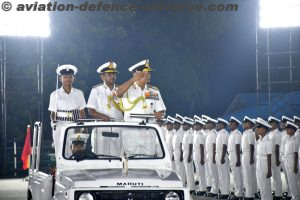 Finally the fourth pillar of technical expertise is a manifestation of the rapid progress in battlefield technologies that provide a tactical advantage to the junior leaders. Technical expertise, apart from being a marker of proficiency, is also a state of mind. The scientific temperament which singles out a person adept in handling technology, also imbues a flexibility and perspective which looks at solutions to a particular problem from multiple POVs. The proliferation of challenges and adversaries on and off the battlefield will require people with technical expertise who can understand and master the latest applications of technology in a fraction of time required by their peers. This will provide a prime mover advantage to the side unleashing the tech-warriors.
Finally the fourth pillar of technical expertise is a manifestation of the rapid progress in battlefield technologies that provide a tactical advantage to the junior leaders. Technical expertise, apart from being a marker of proficiency, is also a state of mind. The scientific temperament which singles out a person adept in handling technology, also imbues a flexibility and perspective which looks at solutions to a particular problem from multiple POVs. The proliferation of challenges and adversaries on and off the battlefield will require people with technical expertise who can understand and master the latest applications of technology in a fraction of time required by their peers. This will provide a prime mover advantage to the side unleashing the tech-warriors.
By combining these four pillars, the Agnipath scheme has created Agniveers who will be young, technically proficient with a quick uptake and expansive capabilities. The Indian military is on a path to radical modernisation and transformation. This includes induction of niche technologies, restructuring of the higher defence organisation (HDO), creation of theatre commands, conducting multi-domain operations (MDO) with data-centric warfare as the foundational layer and integration of the three services, apart from creating capabilities in emerging domains such as cyber, space, information operations (IO) and electromagnetic (EM) spectrum. This requires a new breed of soldiers who are not only willing but capable of handling these multiplicity of platforms and technologies but also flexible enough to think on their feet on the battlefield. The Agnipath scheme creates these soldiers and in the process, provides commanders with the agency of choice – of selecting those that they feel will be able to sustain the challenges of future warfare.
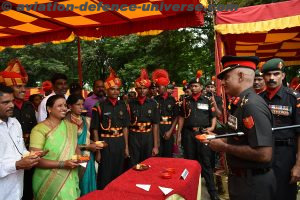 Coming back to the criticisms of the scheme, it is abundantly clear that the Agnipath scheme has been designed and promulgated with future warfare in mind. The high rejection rate, which is one of the most negatively influencing factors for Agniveers, has been touted as the worst aspect of this scheme. However, if one looks at this issue devoid of emotionality, there is no concept of acceptance and rejection. As per the nuances of this scheme, after the completion of their four years, all Agniveers will exit the forces and from them, a maximum of 25% will be invited to join the forces on a permanent basis. The selection of these 25% will be based on objective criteria which have been designed keeping the tenets and requirements of future warfare in mind. For those not making the cut, there are multiple opportunities to be absorbed in CAPFs, state police and multiple other public and private industries and keep serving the nation. The second issue is that of the alleged militarisation of the Indian society. This is an absolute red herring. Prior to the introduction of 16 years of pensionable service for soldiers, the coloured service for soldiers was seven years with no pension element.
Coming back to the criticisms of the scheme, it is abundantly clear that the Agnipath scheme has been designed and promulgated with future warfare in mind. The high rejection rate, which is one of the most negatively influencing factors for Agniveers, has been touted as the worst aspect of this scheme. However, if one looks at this issue devoid of emotionality, there is no concept of acceptance and rejection. As per the nuances of this scheme, after the completion of their four years, all Agniveers will exit the forces and from them, a maximum of 25% will be invited to join the forces on a permanent basis. The selection of these 25% will be based on objective criteria which have been designed keeping the tenets and requirements of future warfare in mind. For those not making the cut, there are multiple opportunities to be absorbed in CAPFs, state police and multiple other public and private industries and keep serving the nation. The second issue is that of the alleged militarisation of the Indian society. This is an absolute red herring. Prior to the introduction of 16 years of pensionable service for soldiers, the coloured service for soldiers was seven years with no pension element.
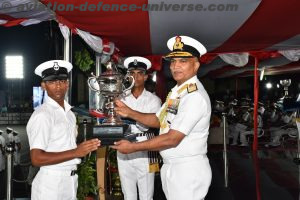 One has to remember that this was a pre-liberalisation India where ex-soldiers did not have that many opportunities outside their service. Still, it is due to these soldiers that India thrashed Pakistan in 1971 and helped birth the new nation of Bangladesh. Nor did India face any major ‘militarisation of society’ post the demobilisation of these soldiers. The case made for reduction of the pension is laughable. The time when these Agniveers will actually make any dent in the pension bill is still 16-18 years in the future. A basic mathematical calculation will help clear this fog. Finally, as already alluded in the preceding paragraphs, the pace and complexity of the modern battlefield requires individuals with certain attributes. These individuals, due to their capabilities, uptake level, young age and technical proficiency will be able to learn faster, adapt better and fight furiously on the modern battleground. The Agnipath scheme is the most progressive initiative devised for the Indian armed forces in the last century. It should not be sacrificed at the altar of ignorance, incompetence and antiquated ideologies.
One has to remember that this was a pre-liberalisation India where ex-soldiers did not have that many opportunities outside their service. Still, it is due to these soldiers that India thrashed Pakistan in 1971 and helped birth the new nation of Bangladesh. Nor did India face any major ‘militarisation of society’ post the demobilisation of these soldiers. The case made for reduction of the pension is laughable. The time when these Agniveers will actually make any dent in the pension bill is still 16-18 years in the future. A basic mathematical calculation will help clear this fog. Finally, as already alluded in the preceding paragraphs, the pace and complexity of the modern battlefield requires individuals with certain attributes. These individuals, due to their capabilities, uptake level, young age and technical proficiency will be able to learn faster, adapt better and fight furiously on the modern battleground. The Agnipath scheme is the most progressive initiative devised for the Indian armed forces in the last century. It should not be sacrificed at the altar of ignorance, incompetence and antiquated ideologies.
(Maj Gen Ashok Kumar, VSM (Retd) is Director General Centre for Joint Warfare Studies (CENJOWS), a Kargil war veteran and a defence analyst. He specialises on neighbouring countries with special focus on China. The views in the article are solely the author’s. He can be contacted at editor.adu@gmail.com).


